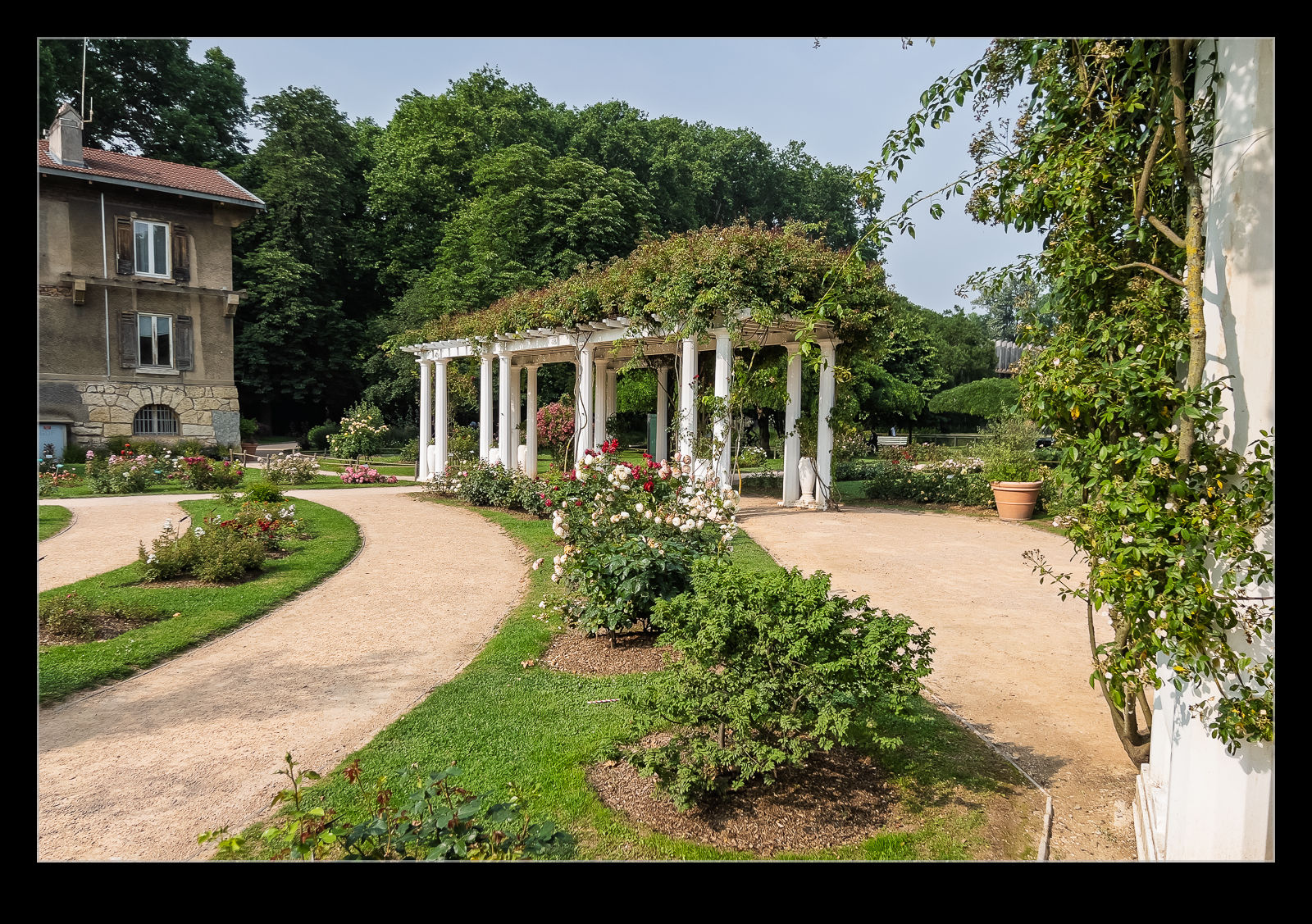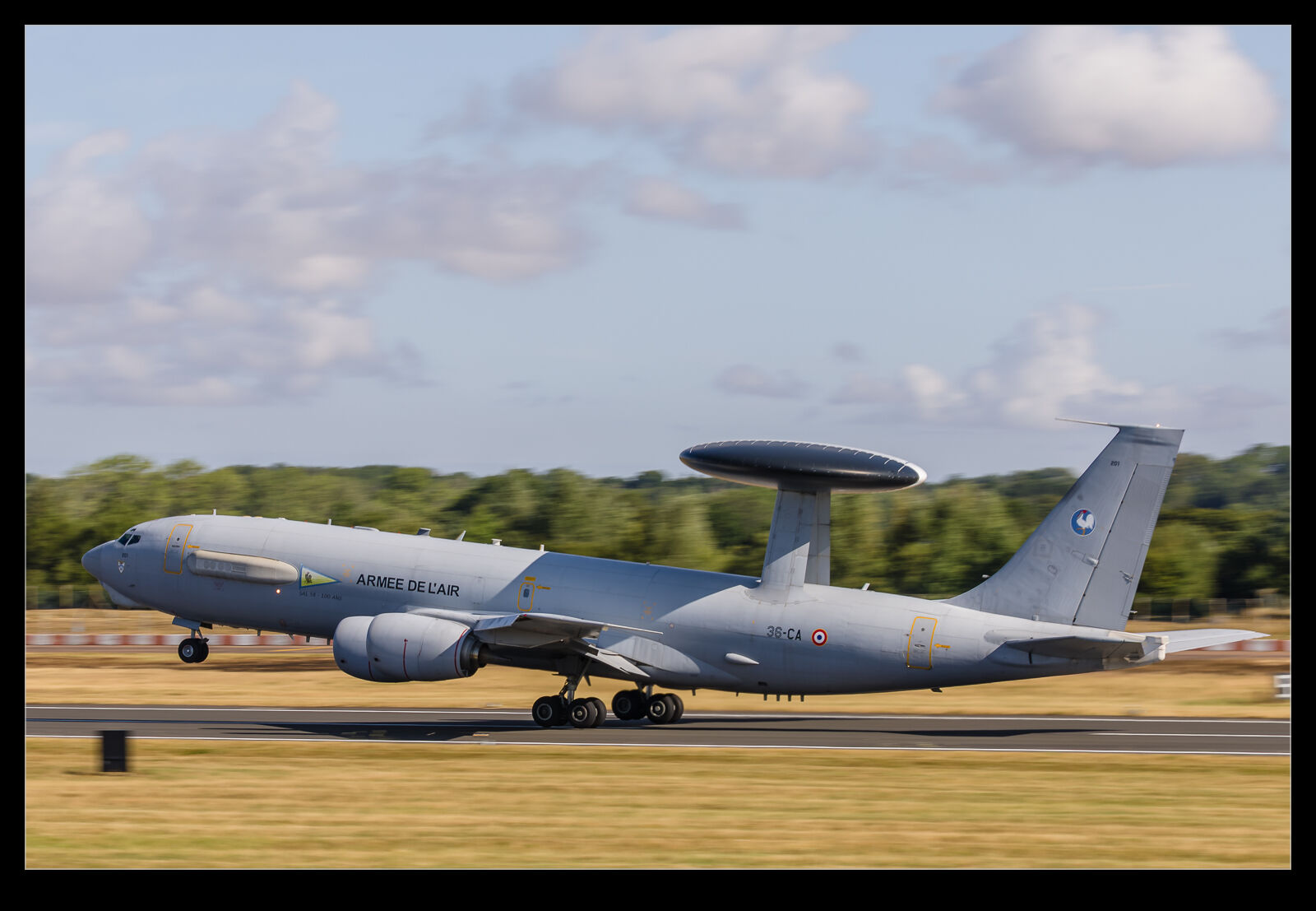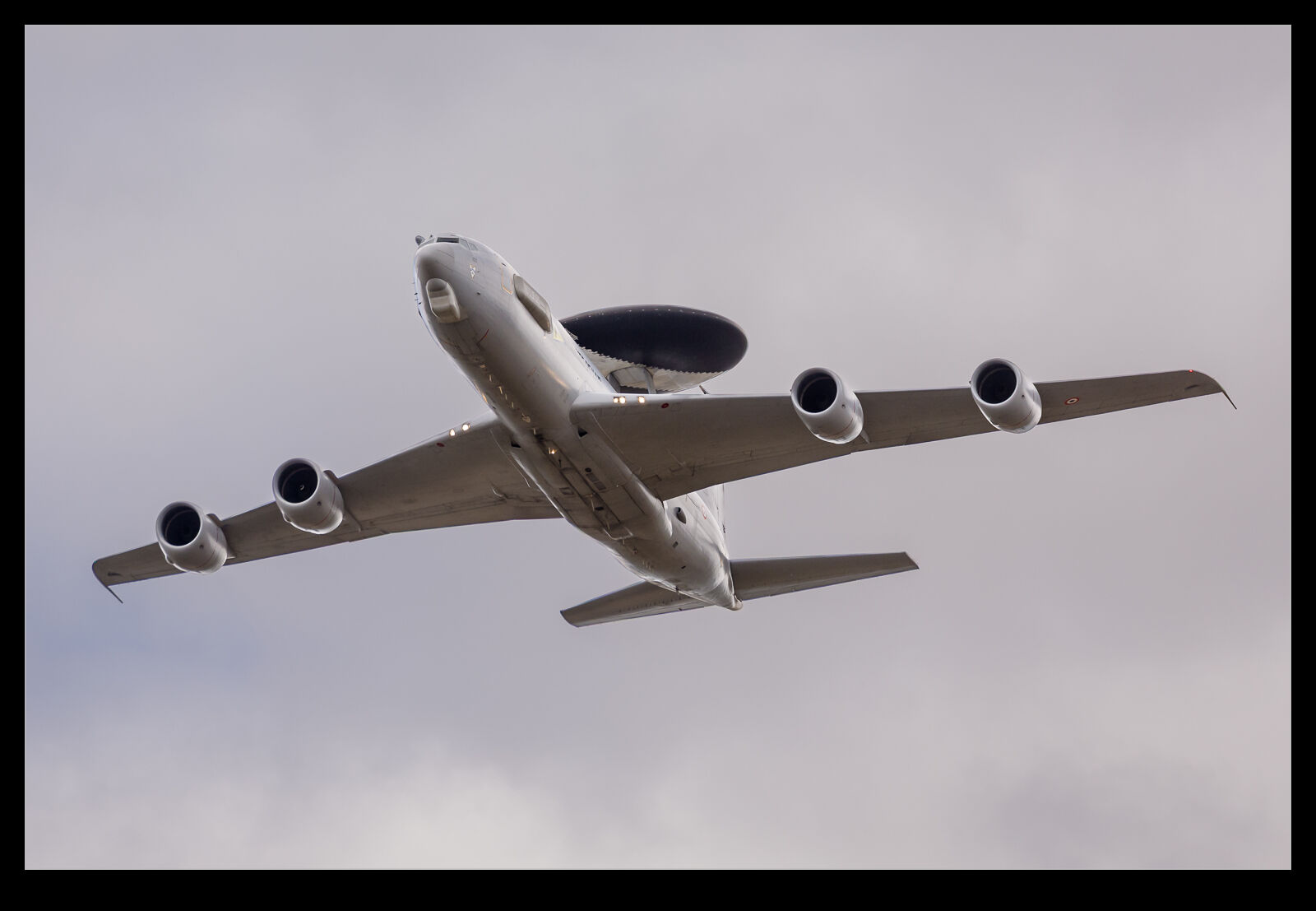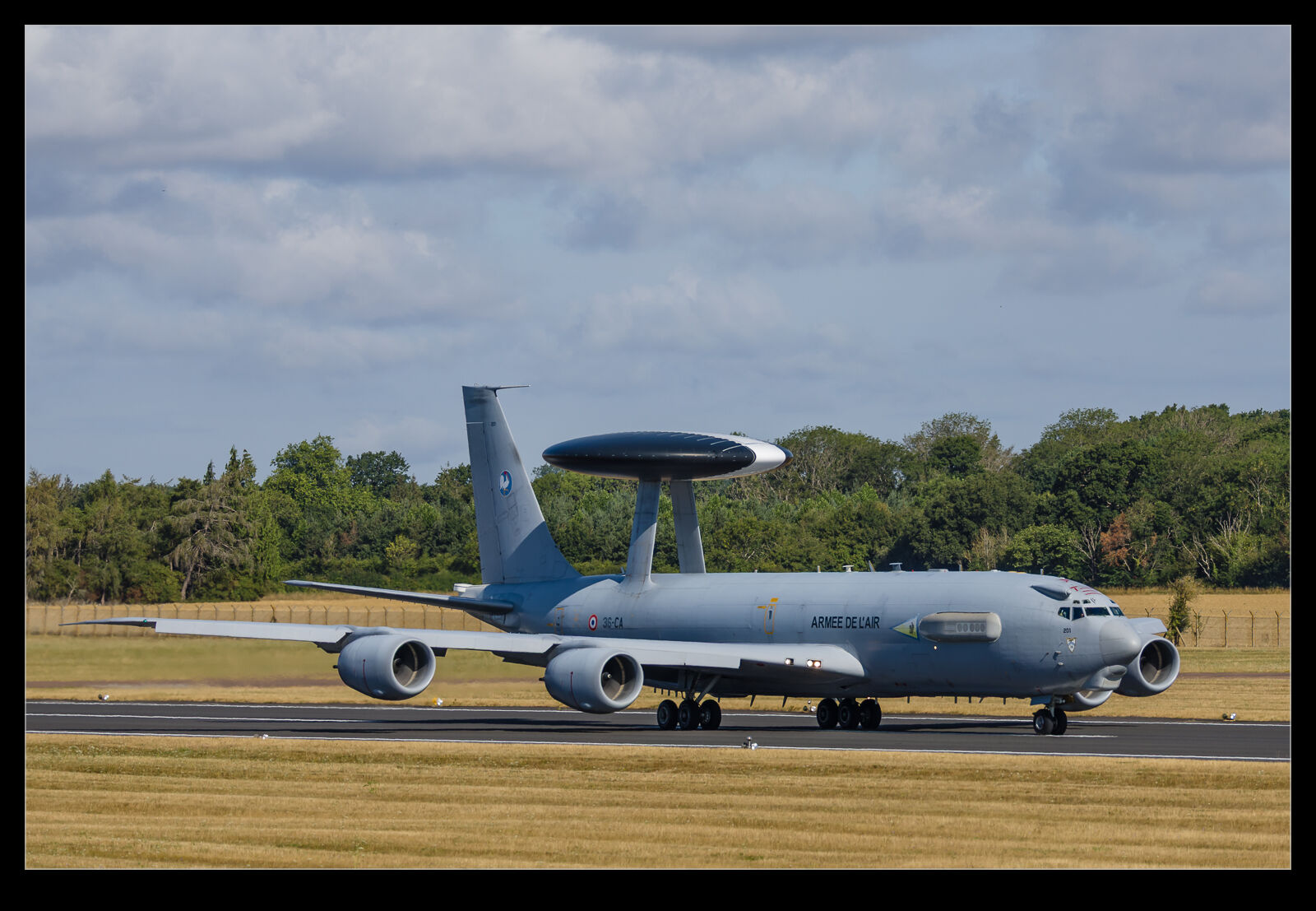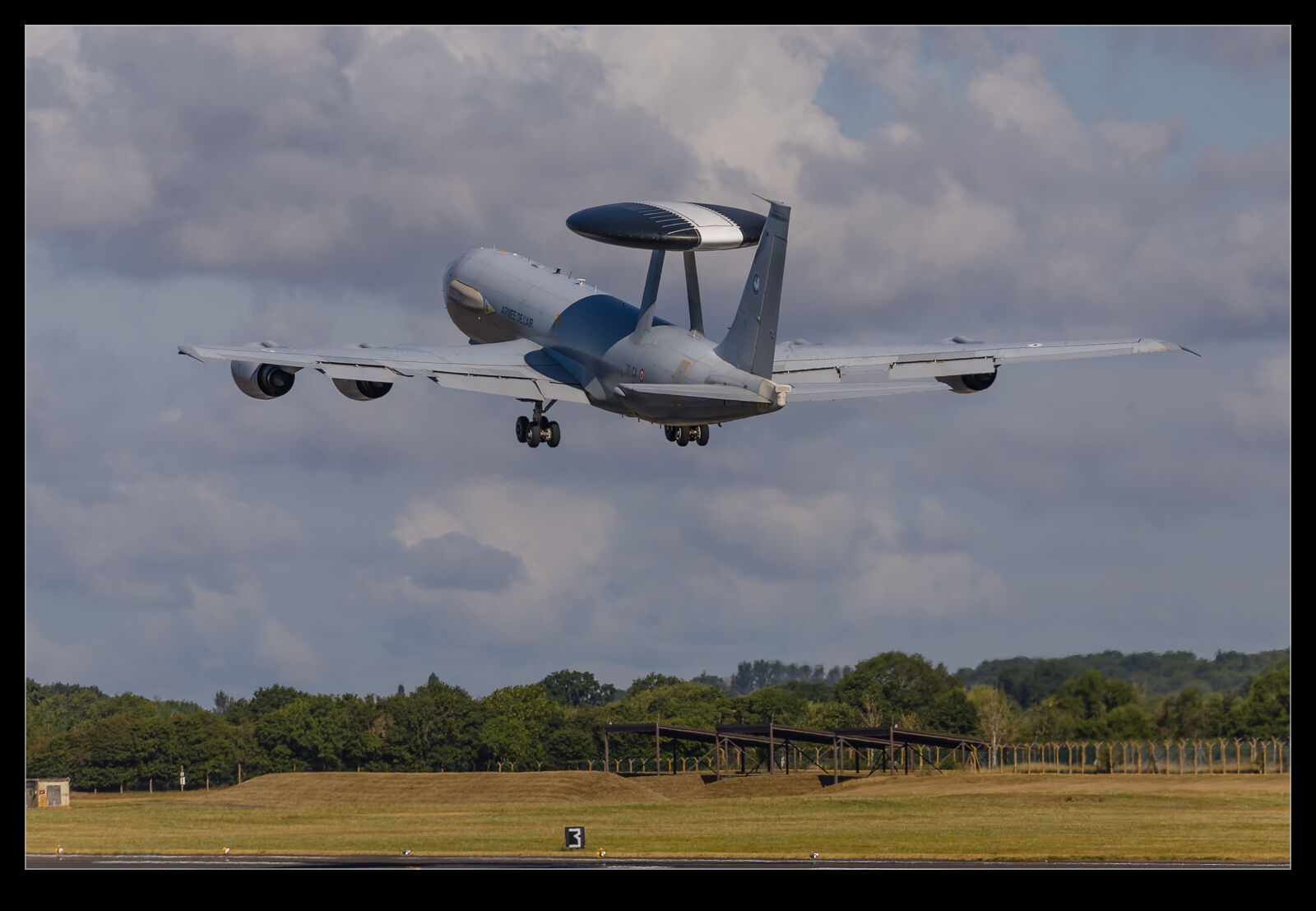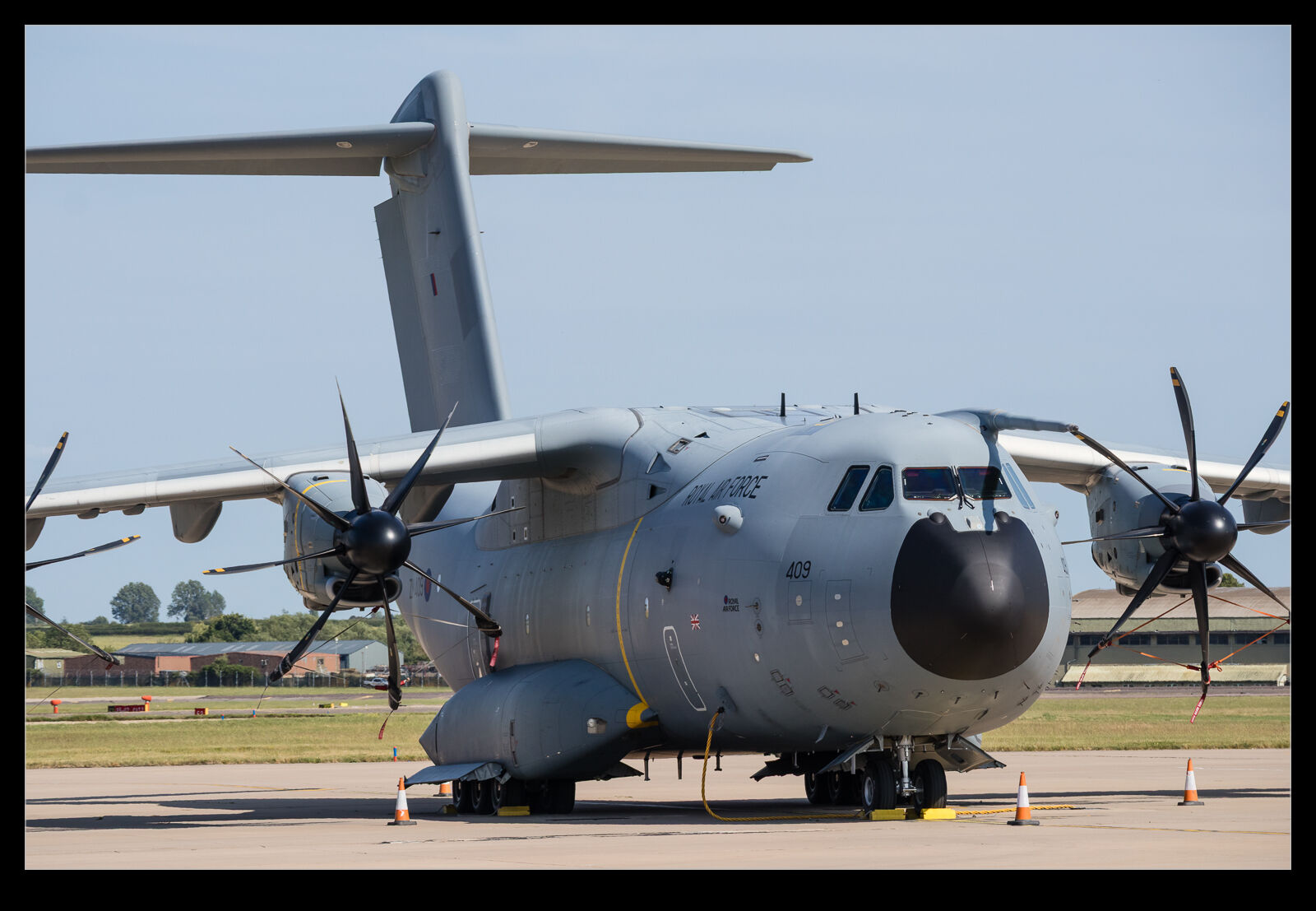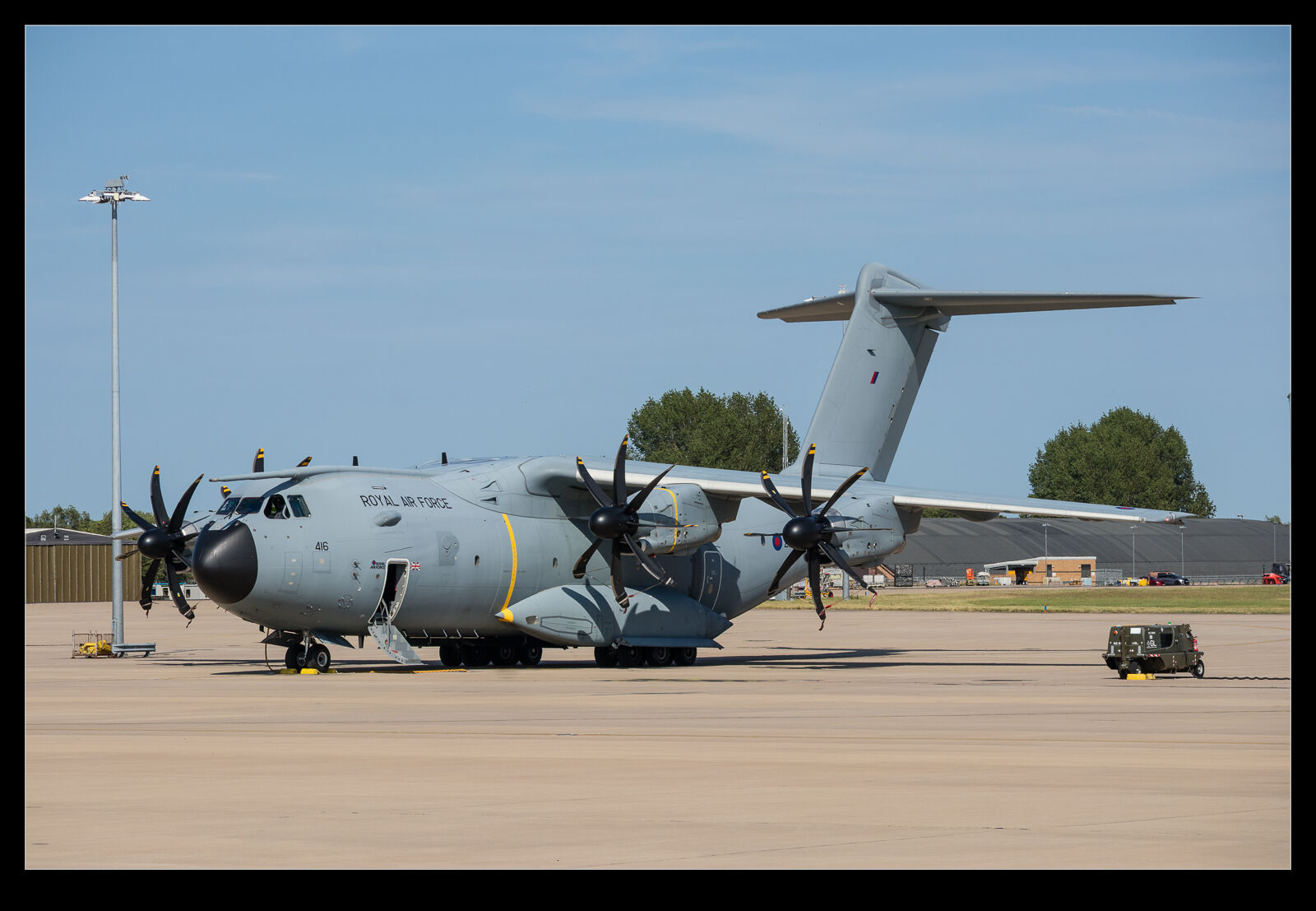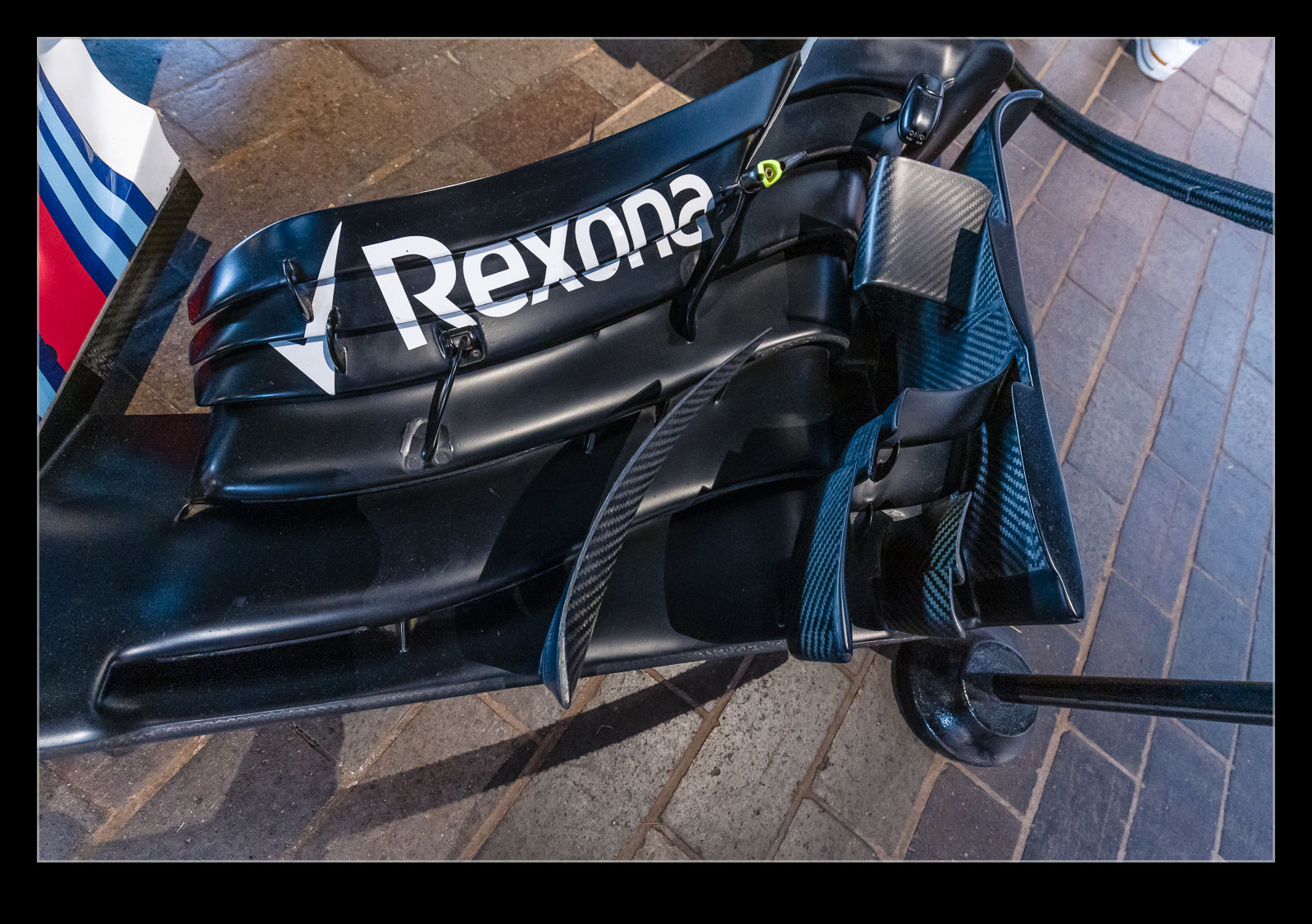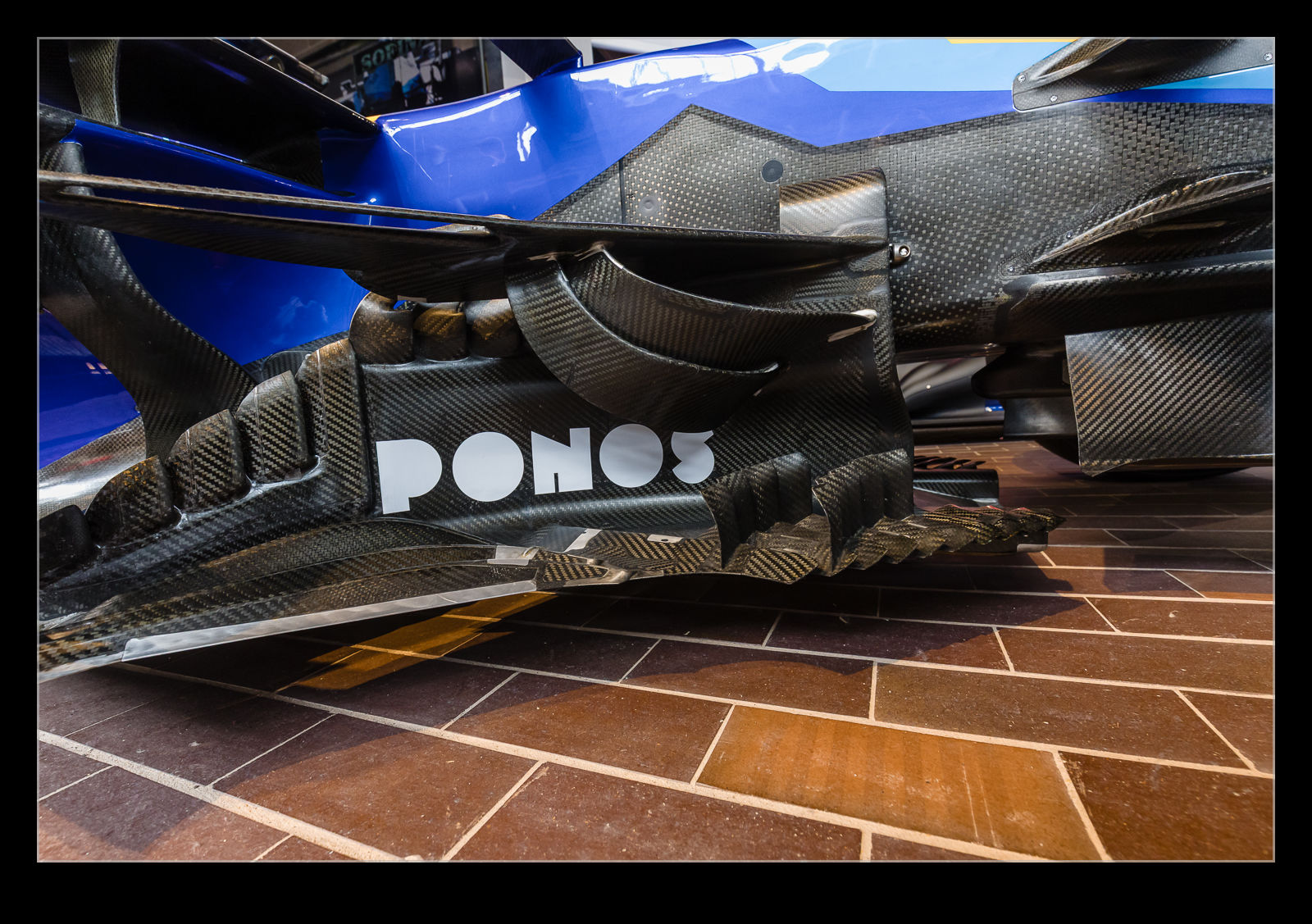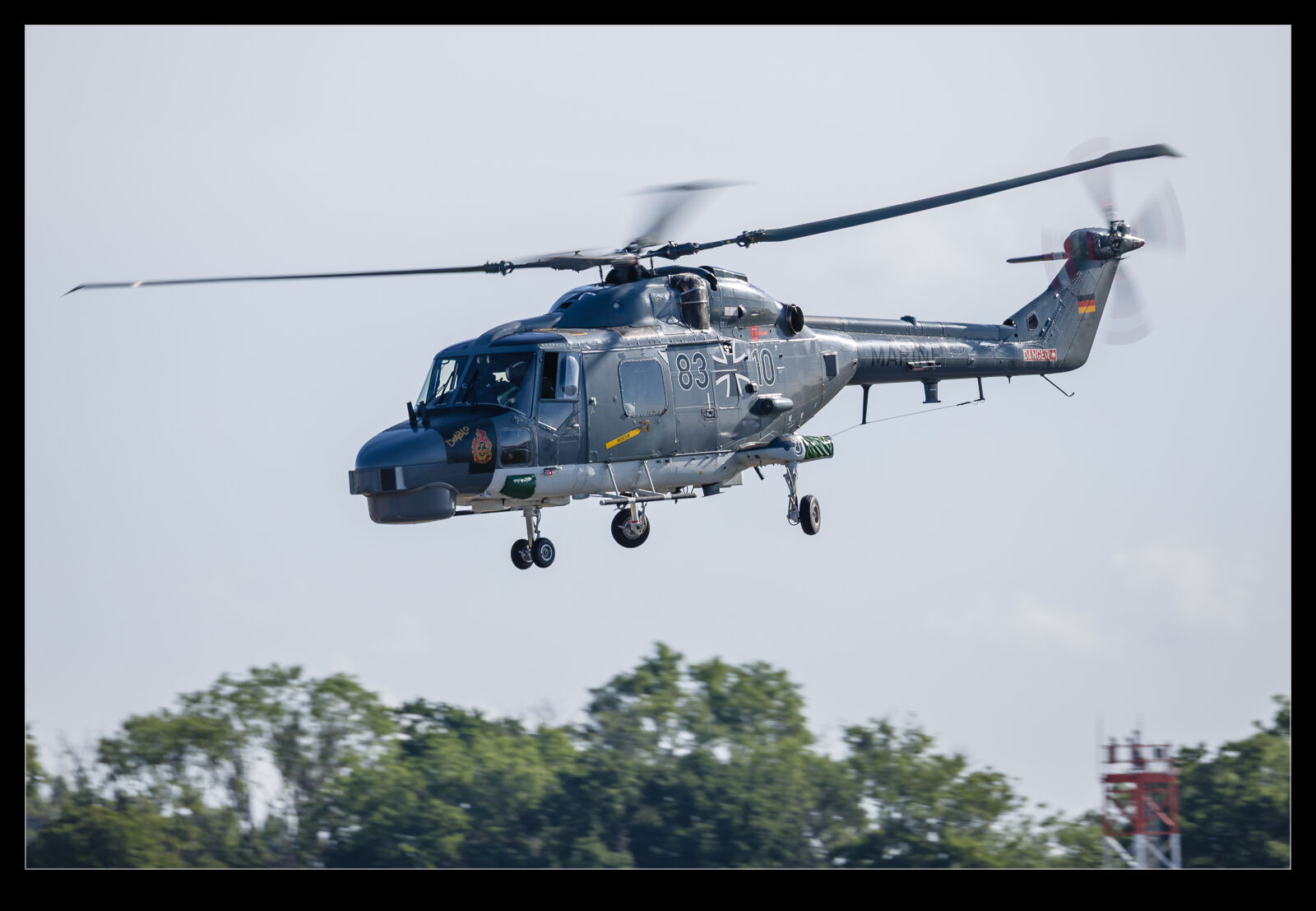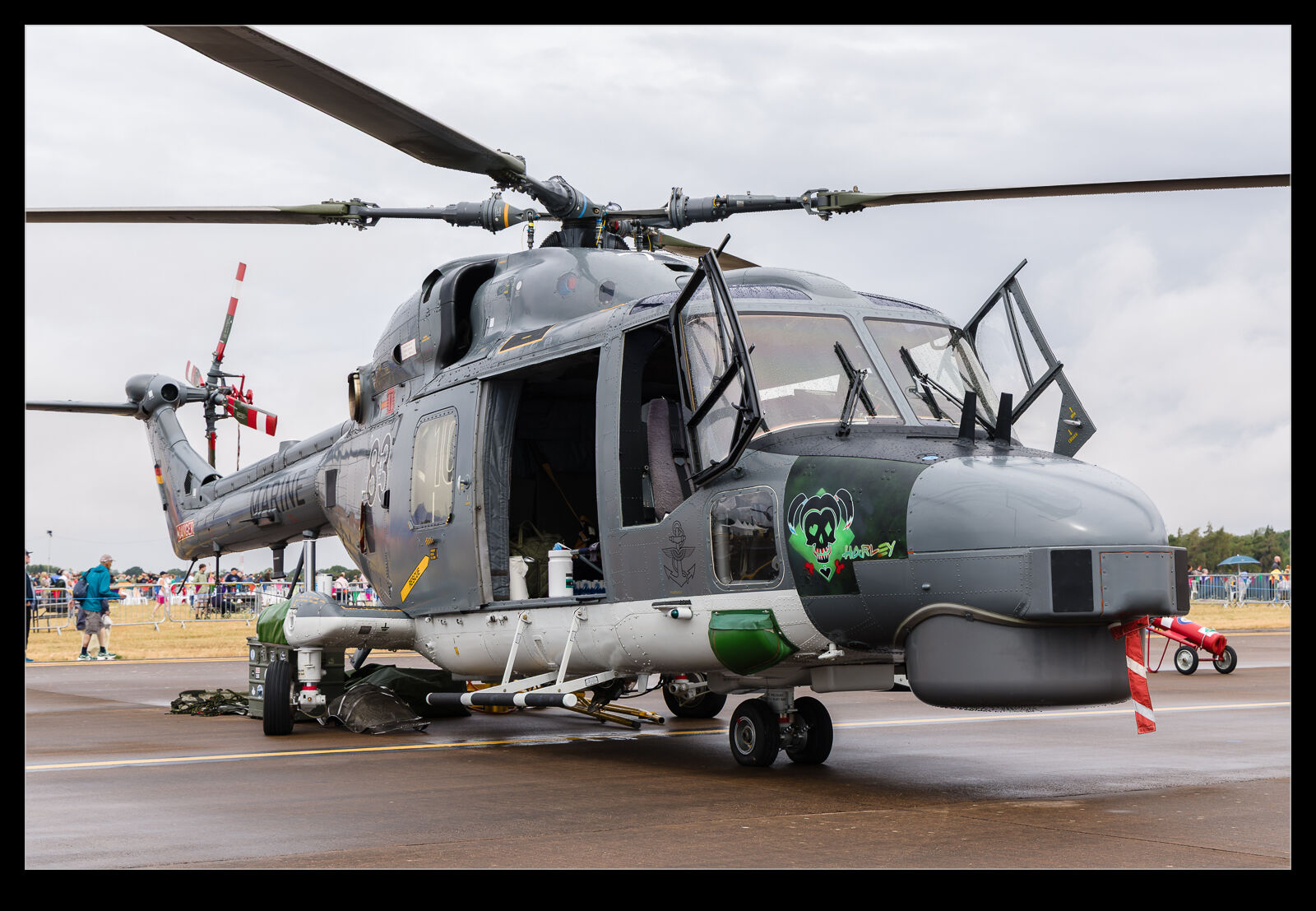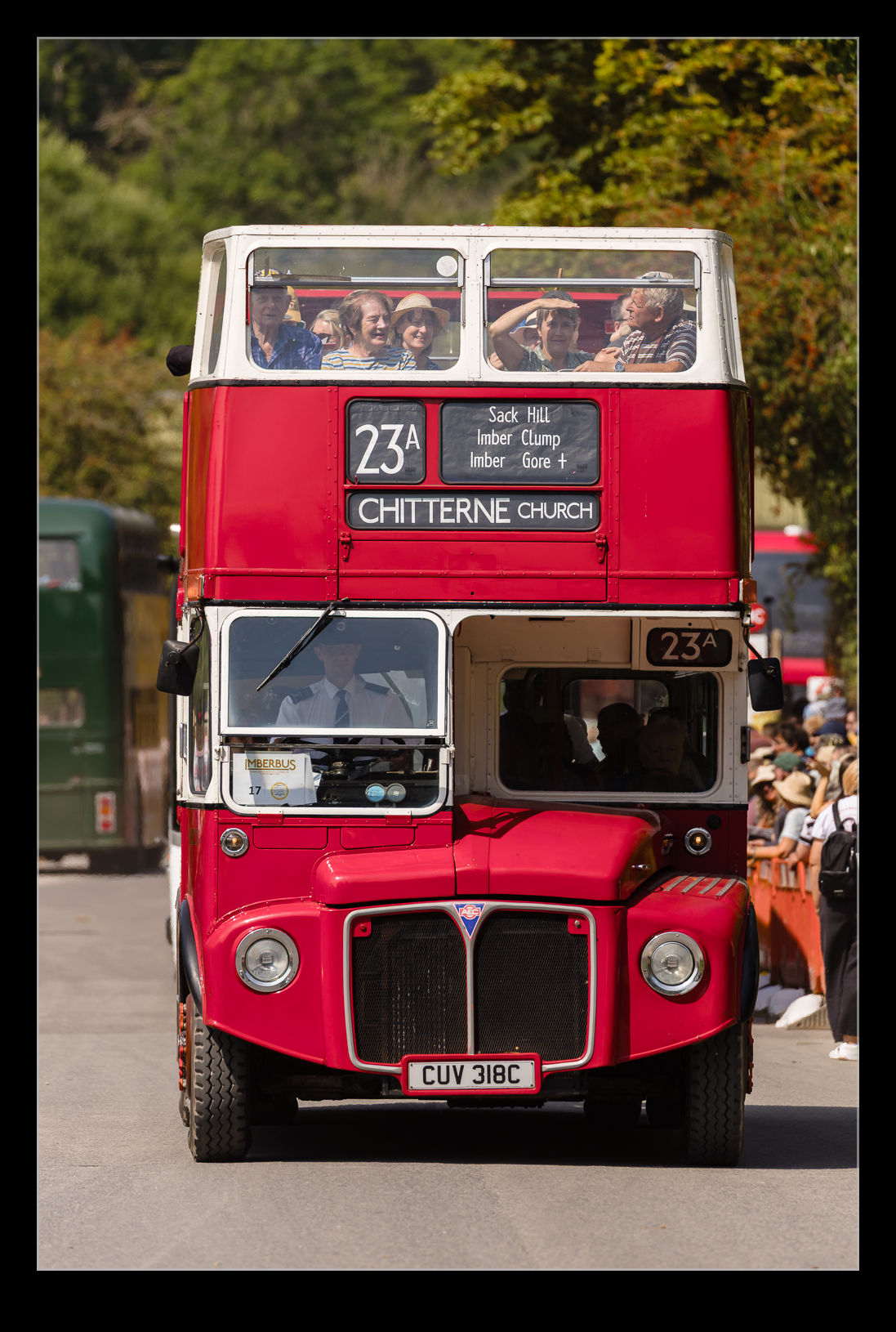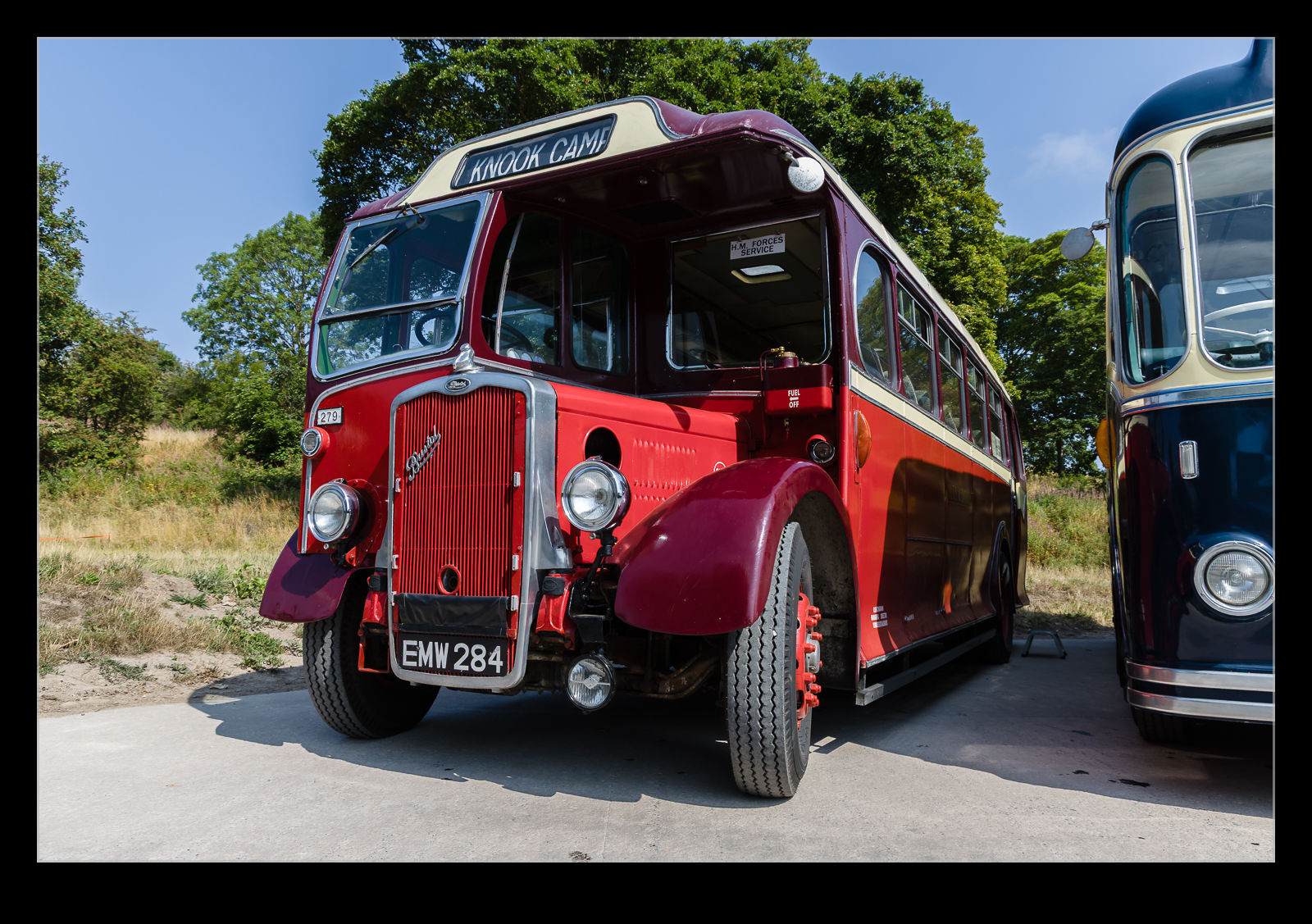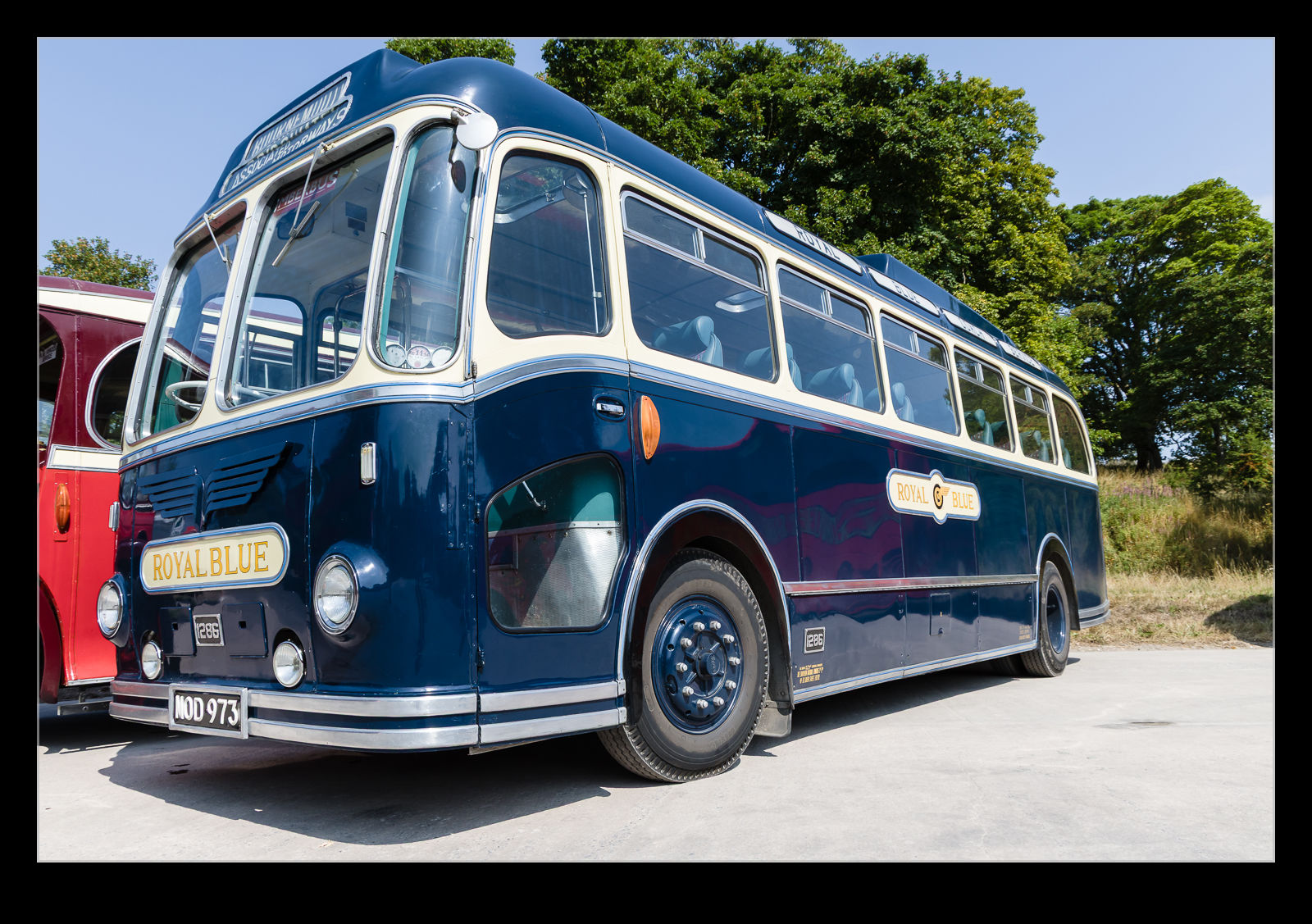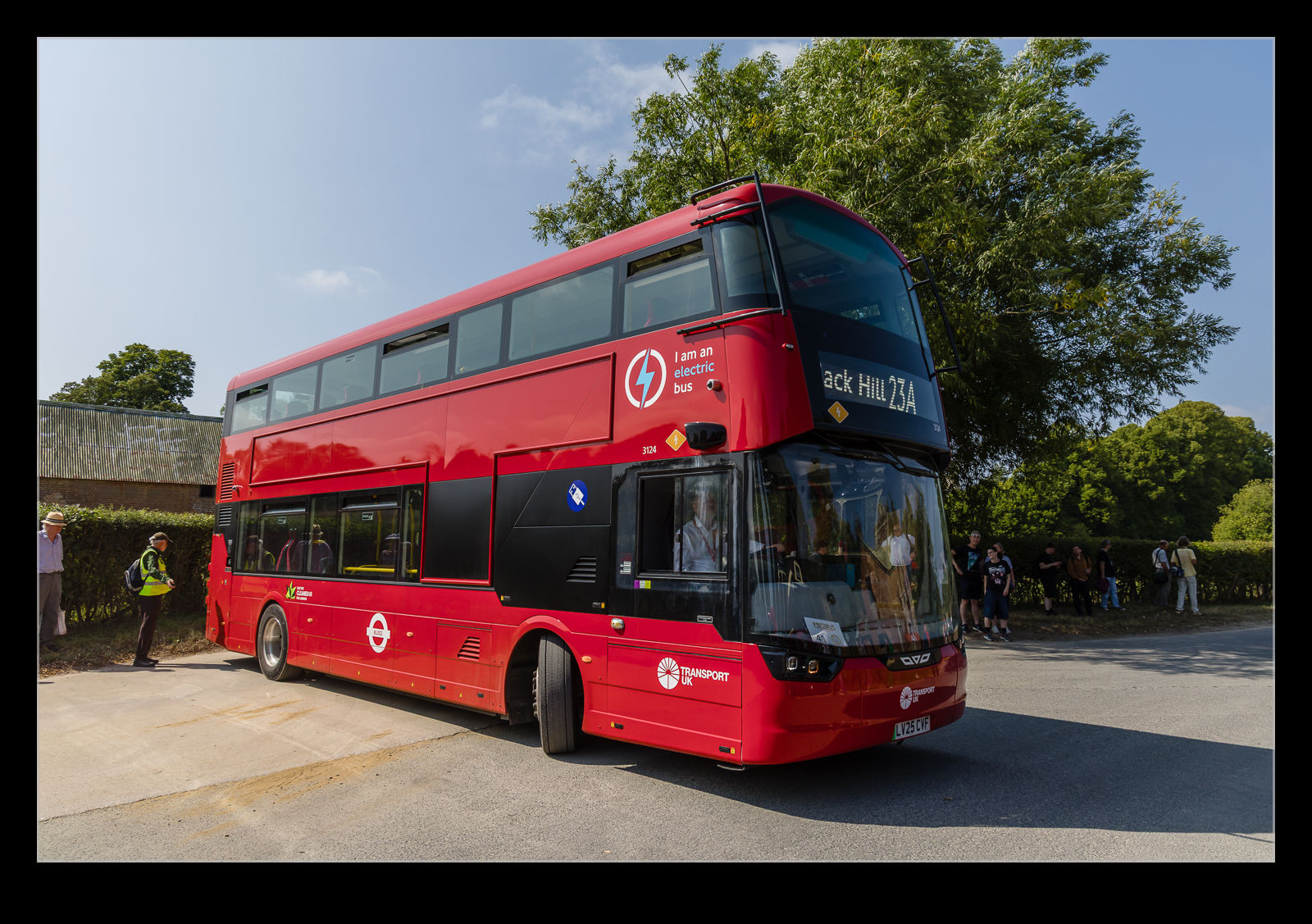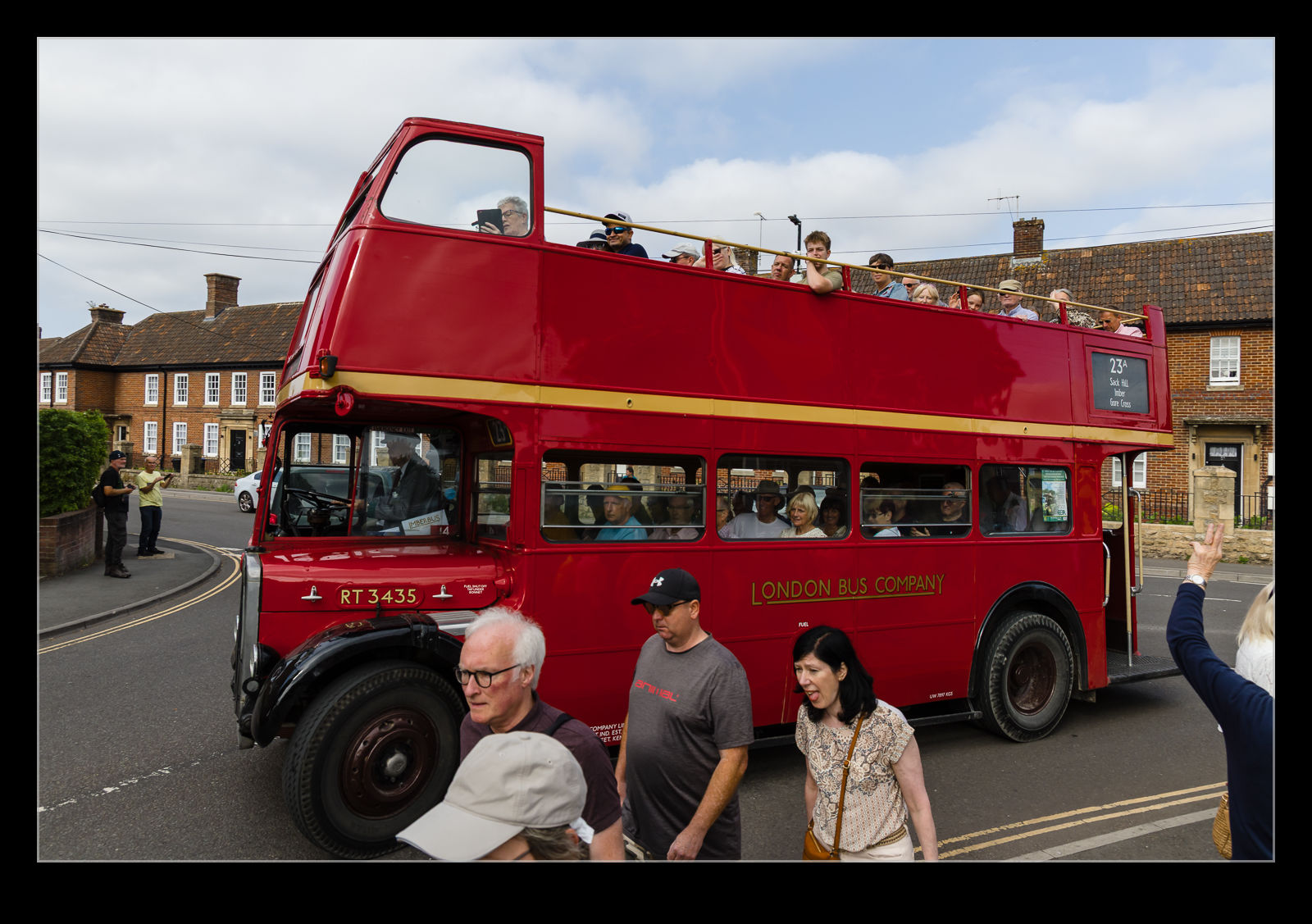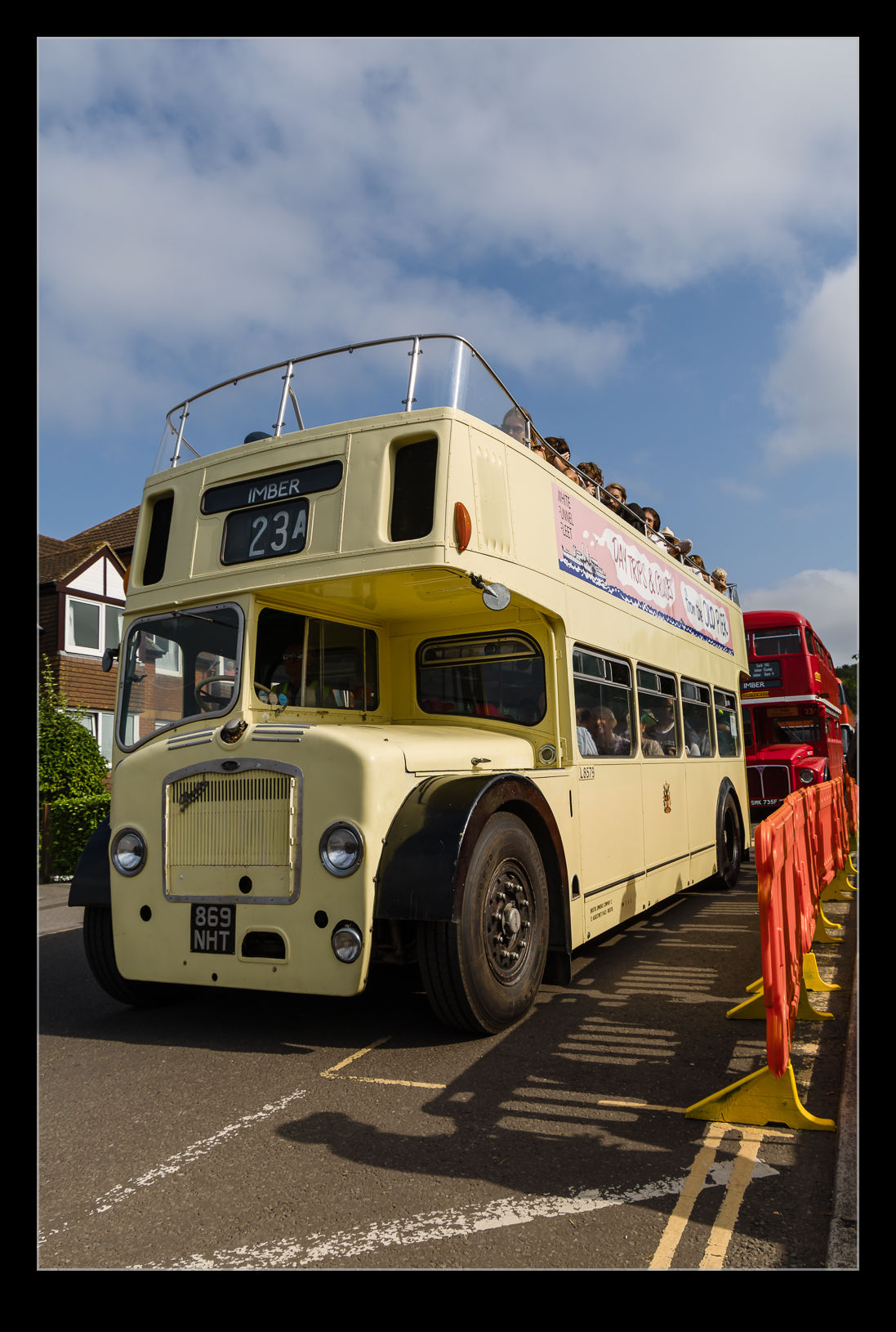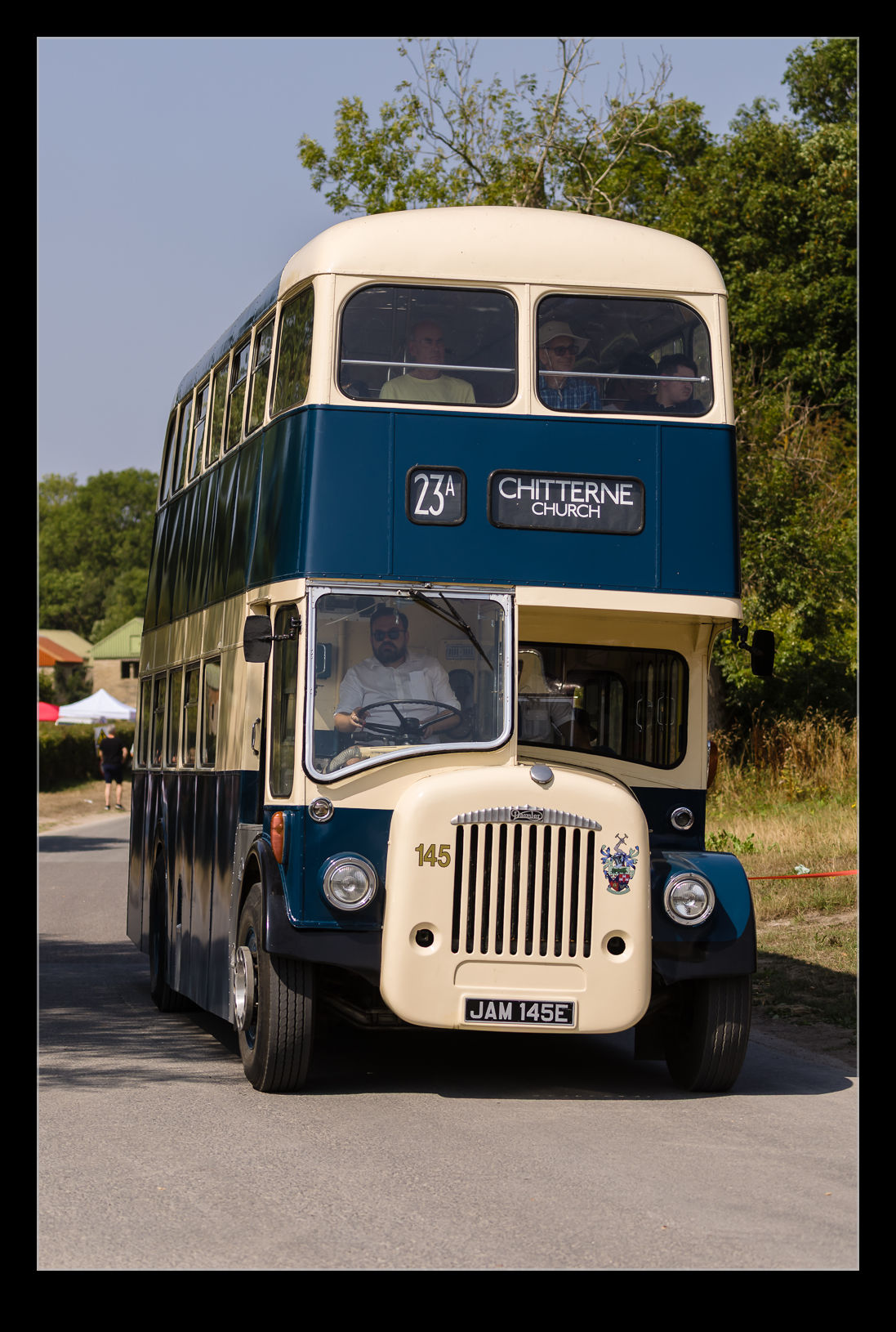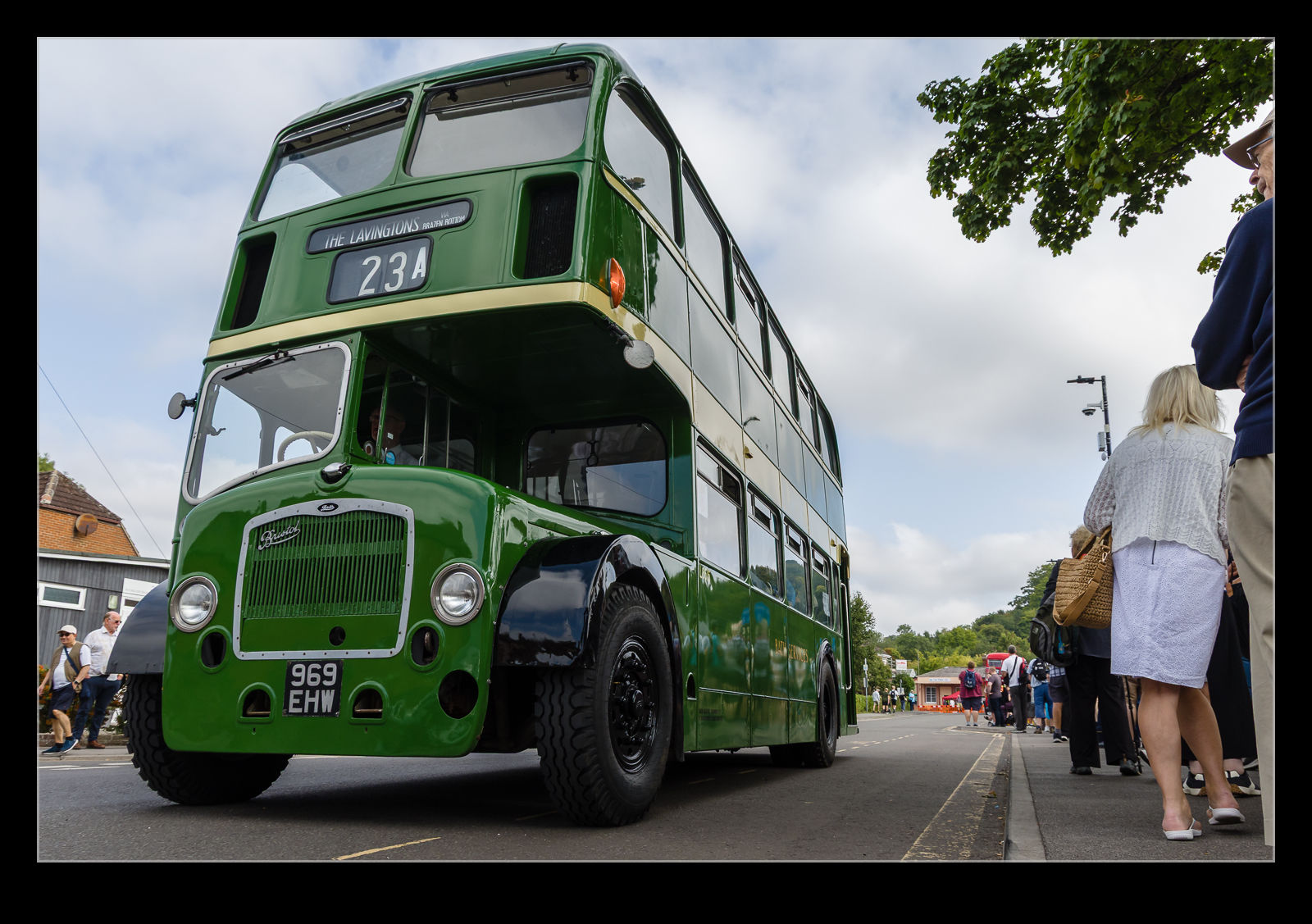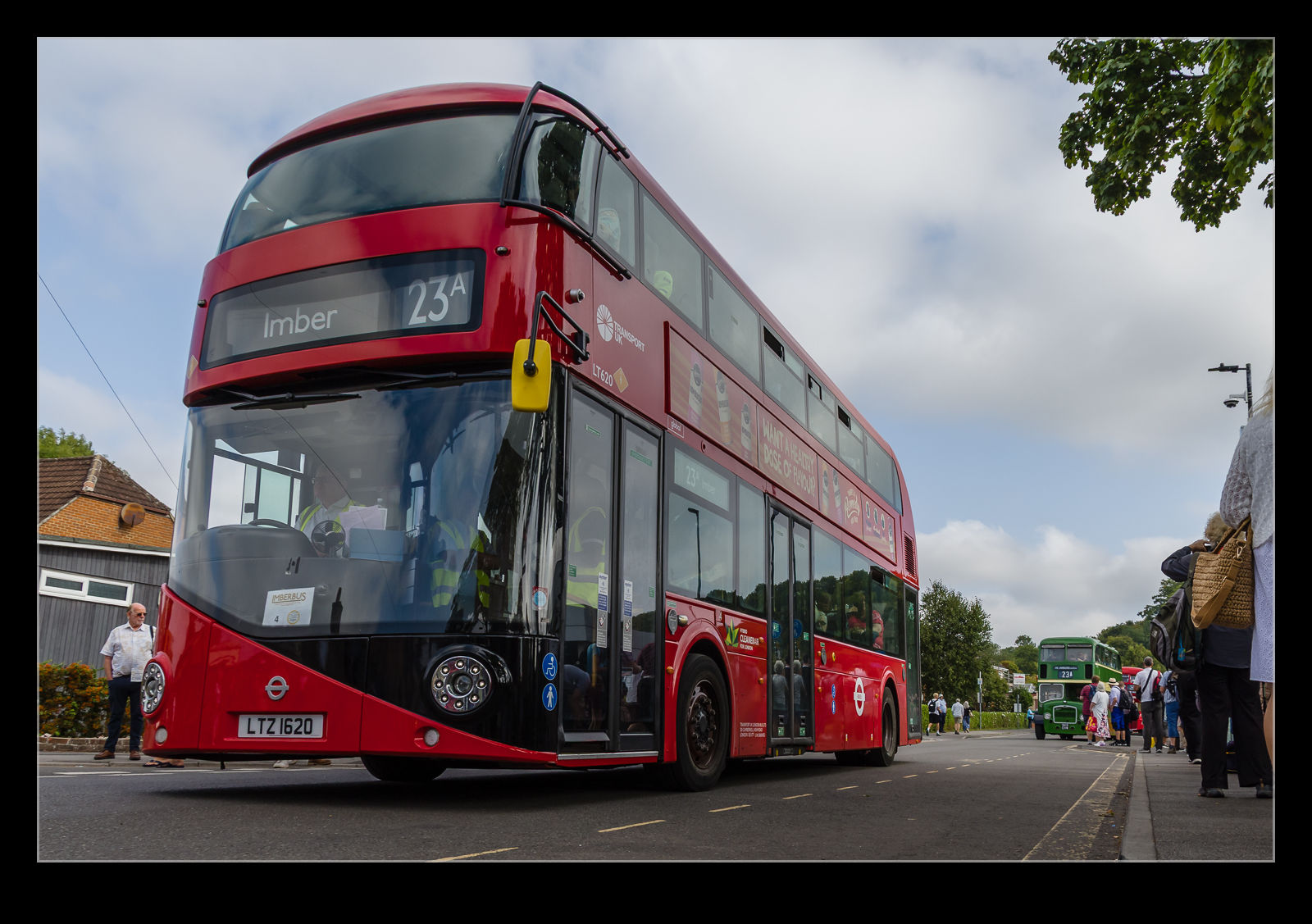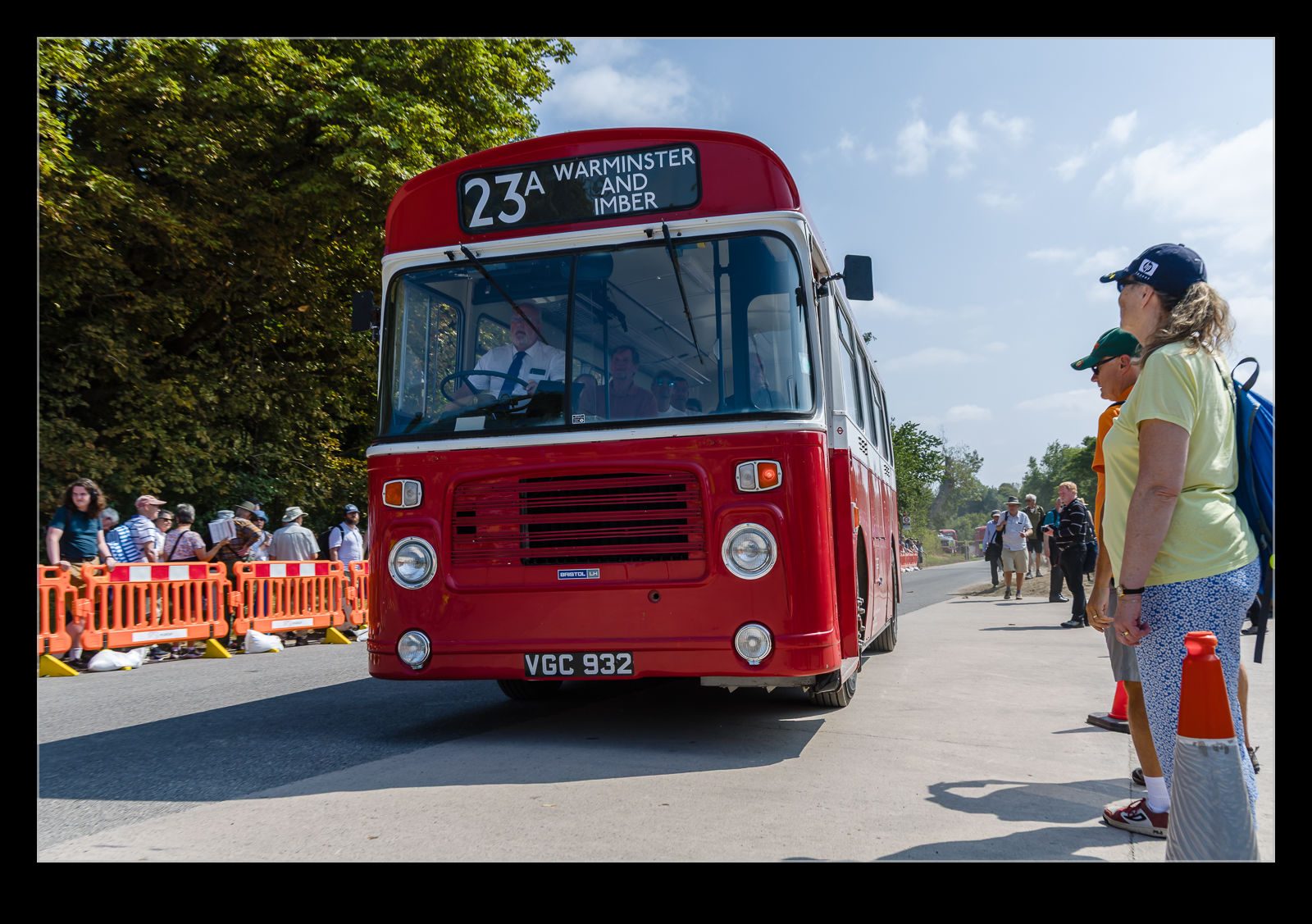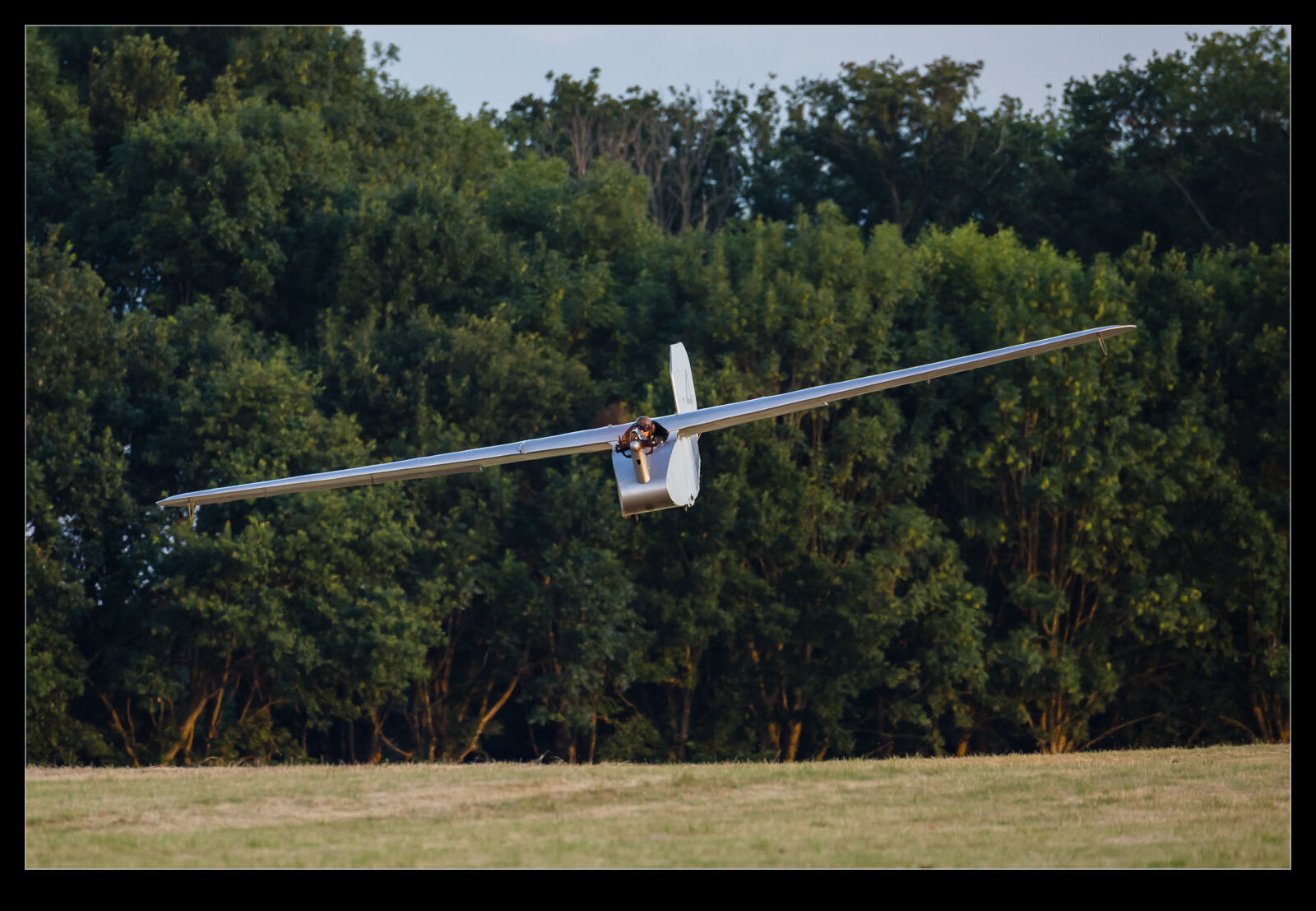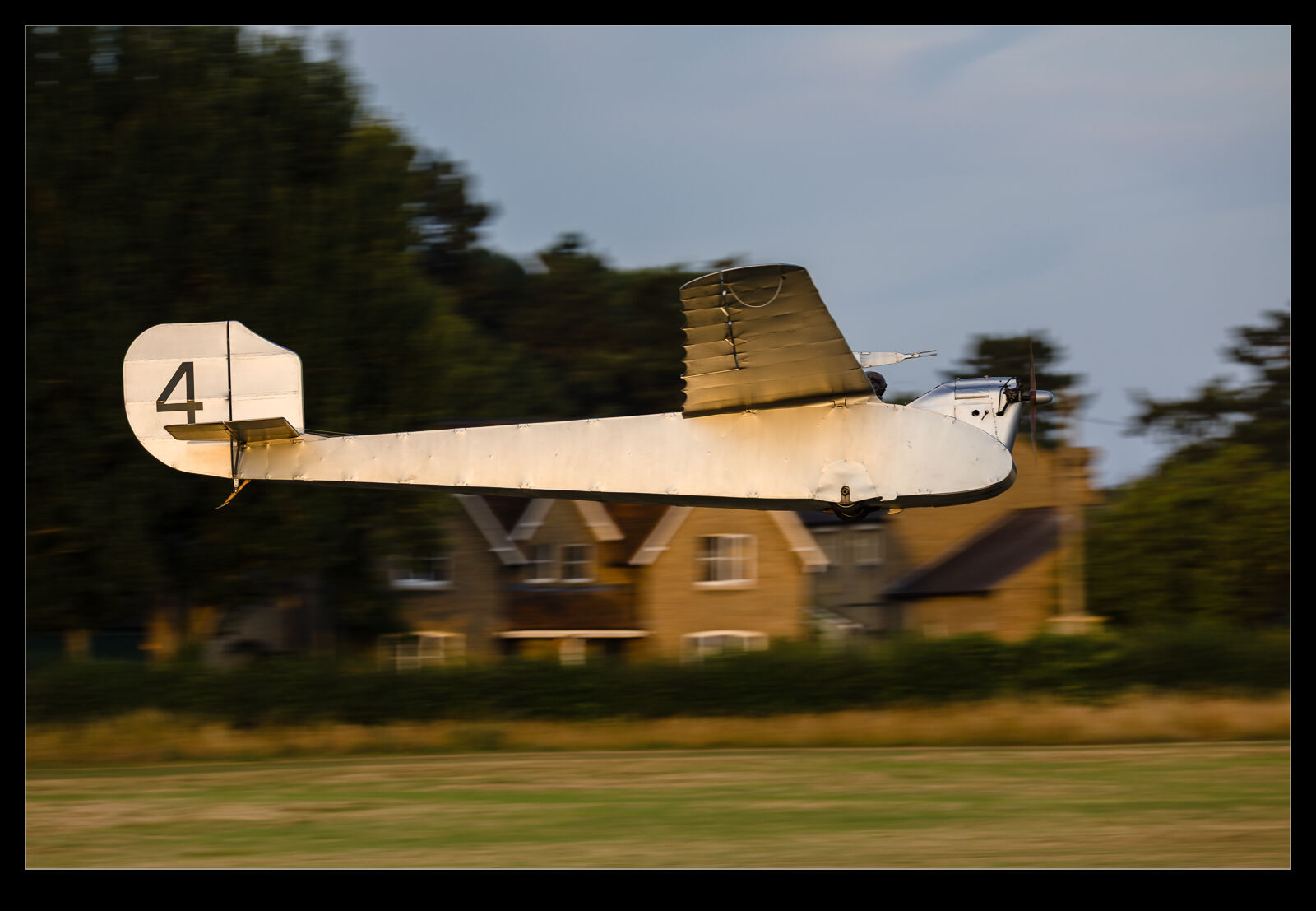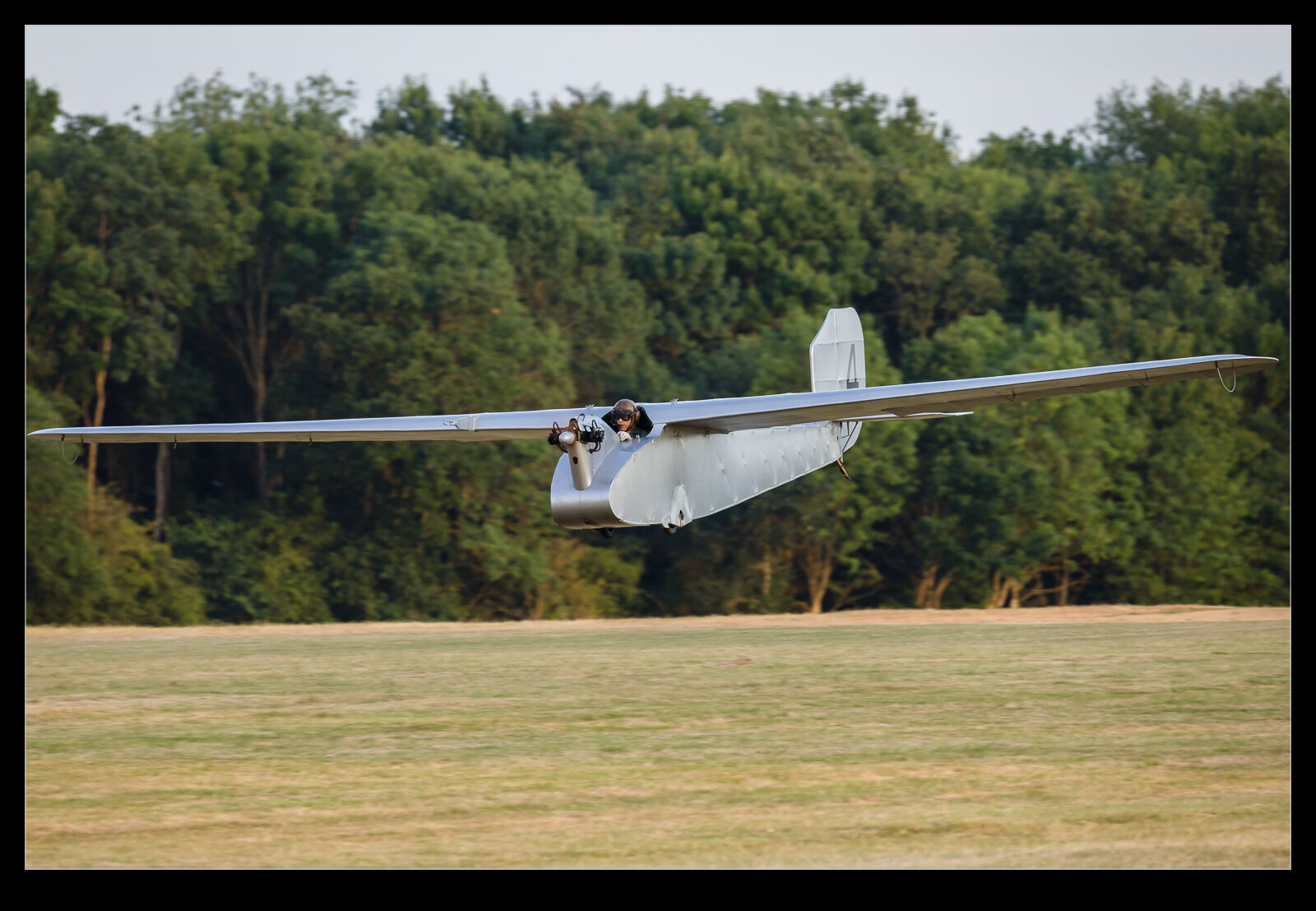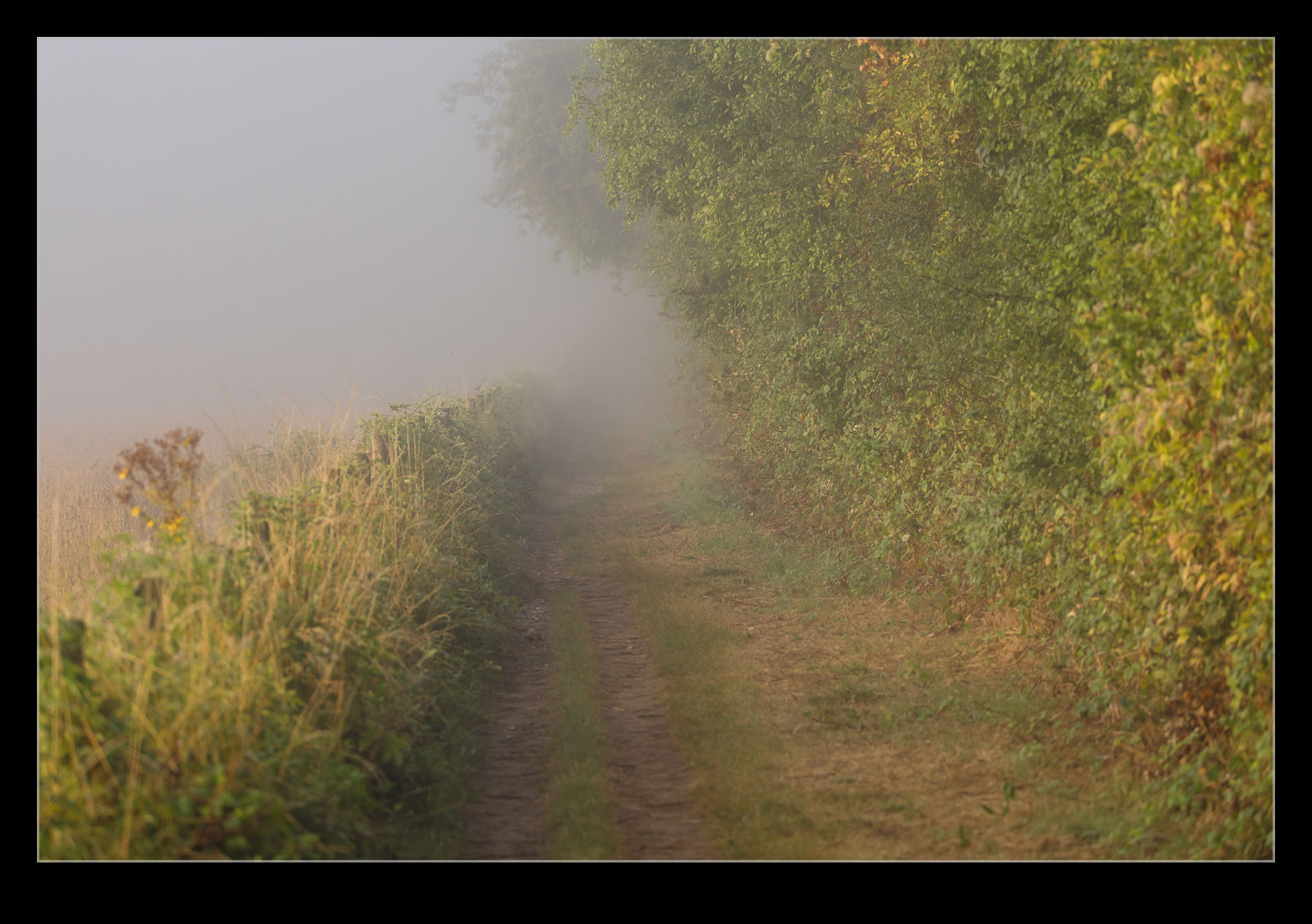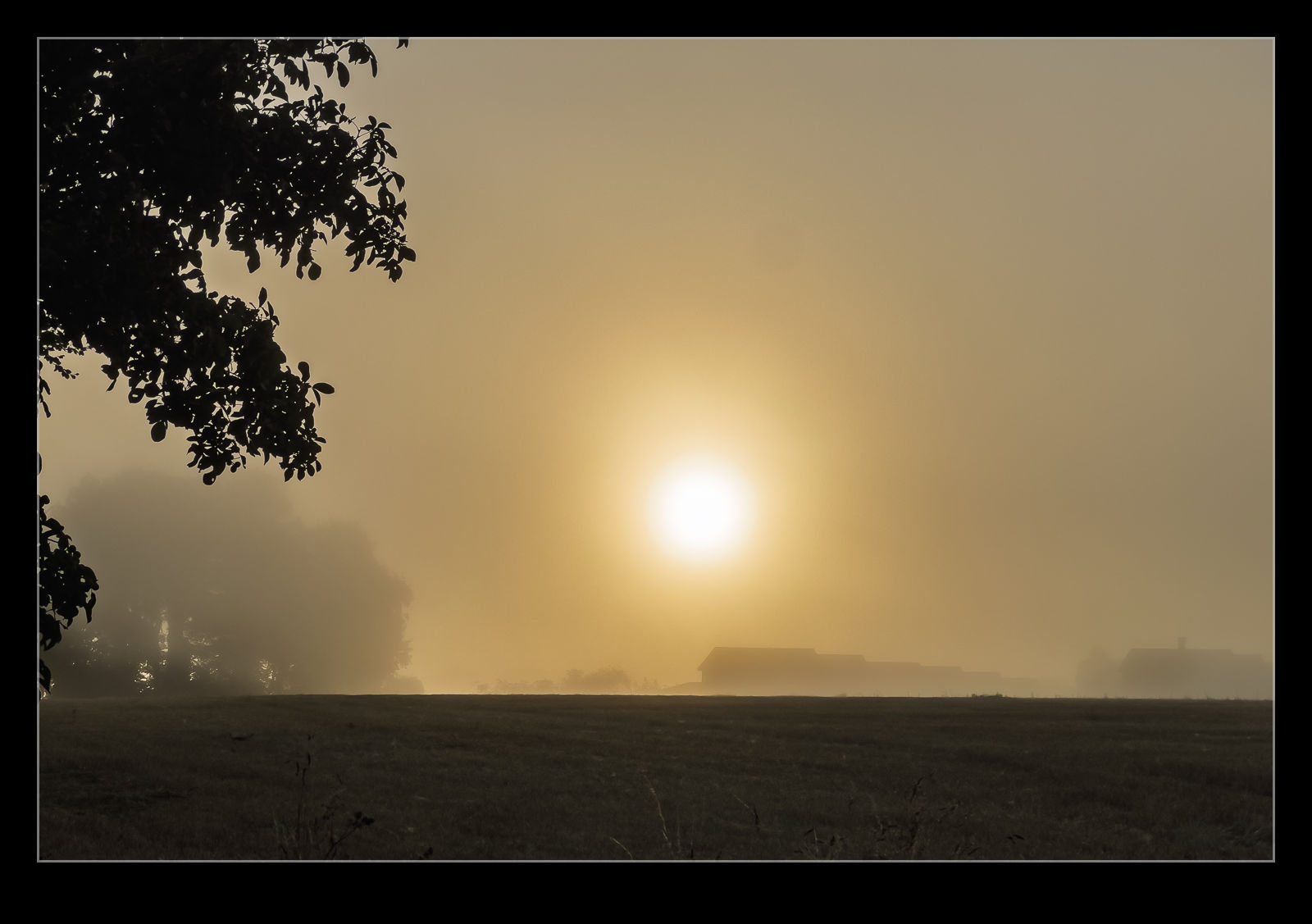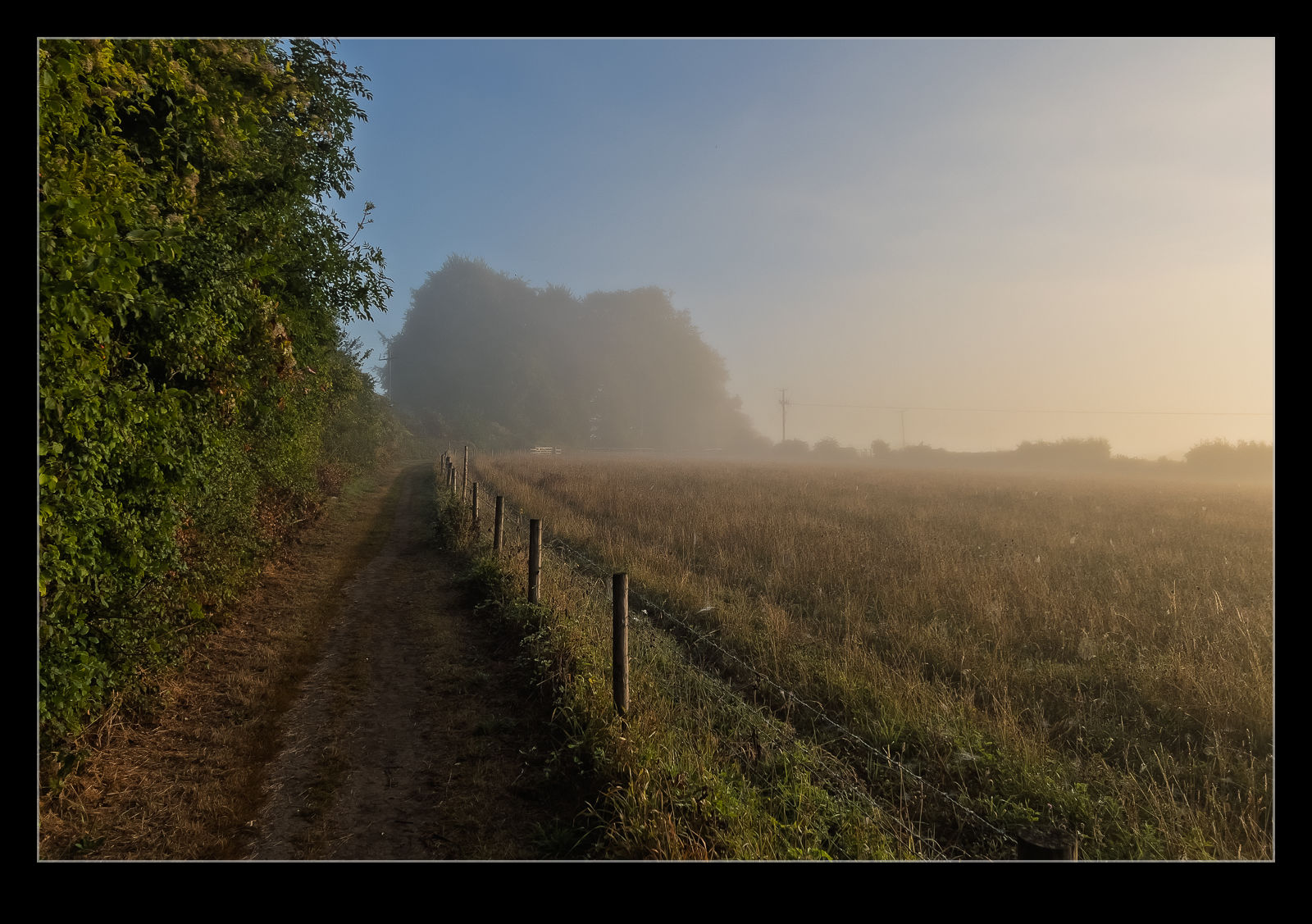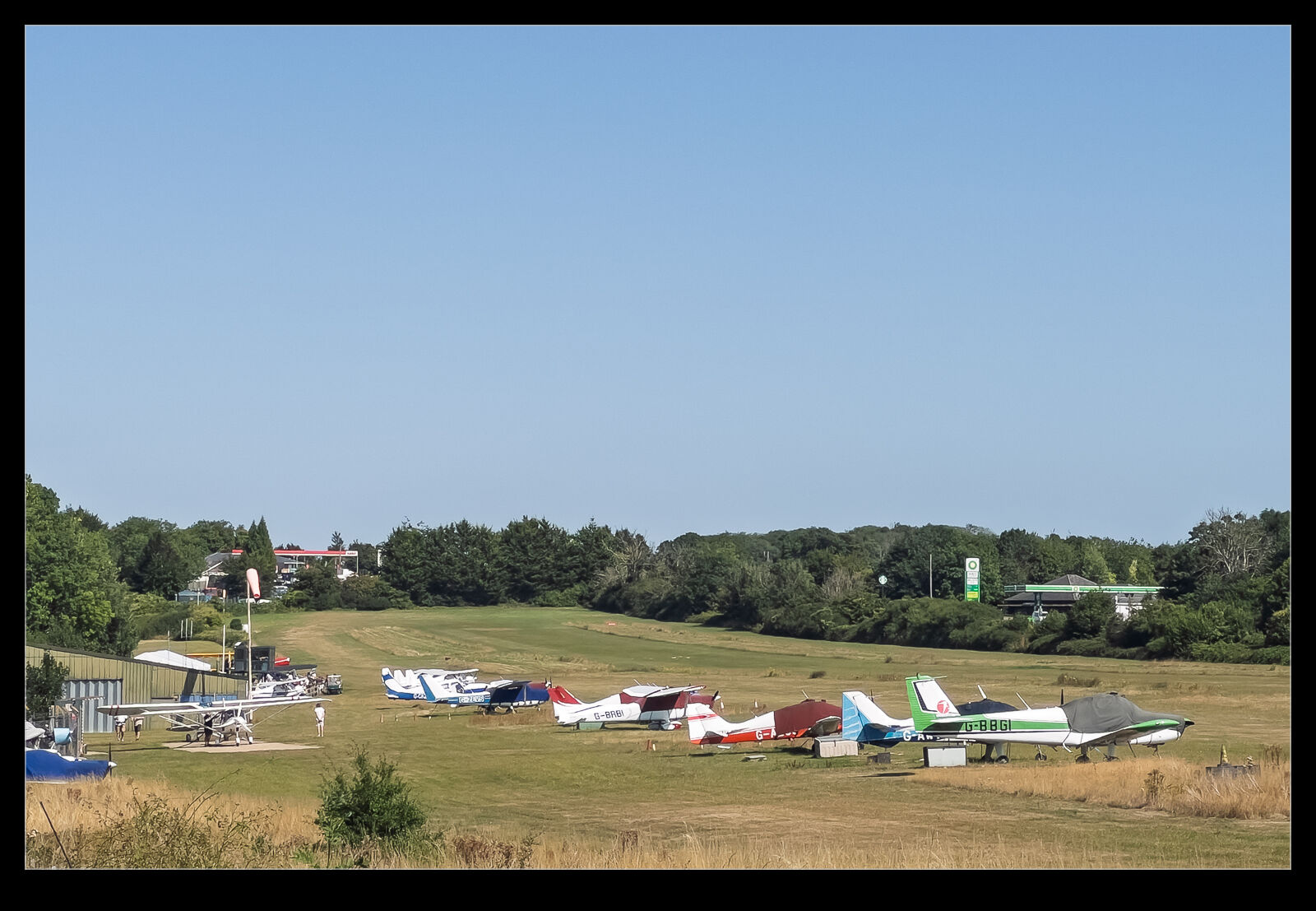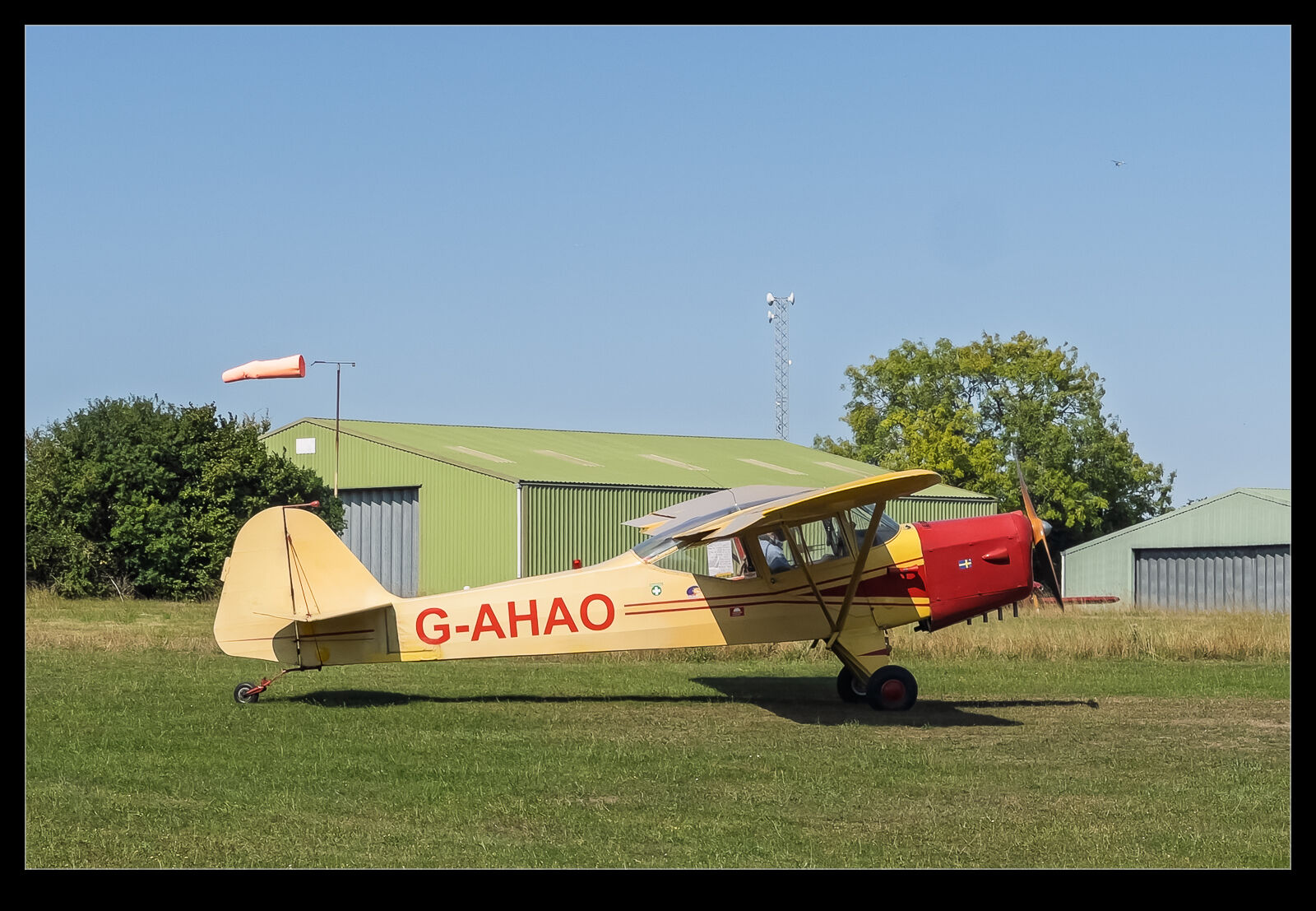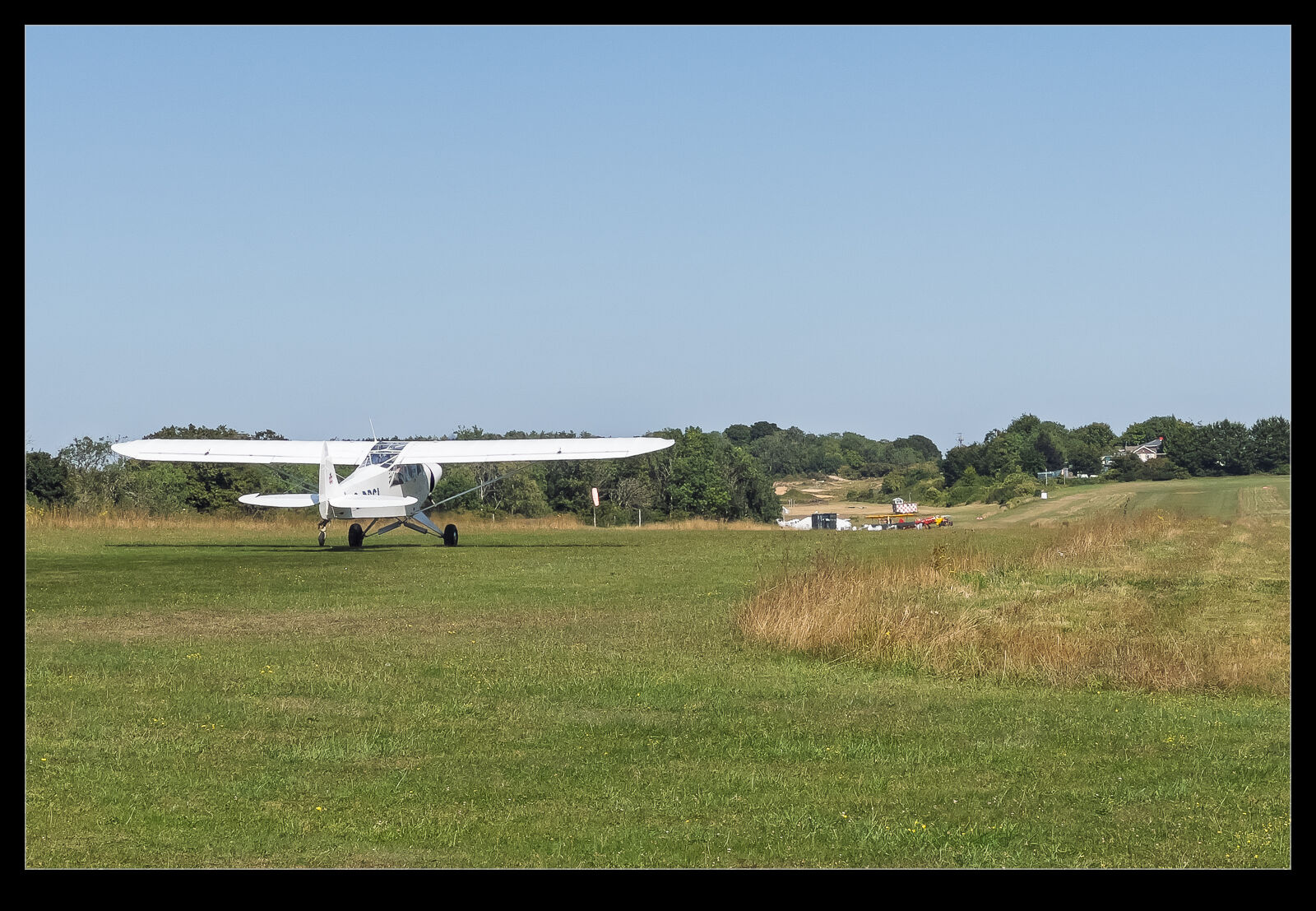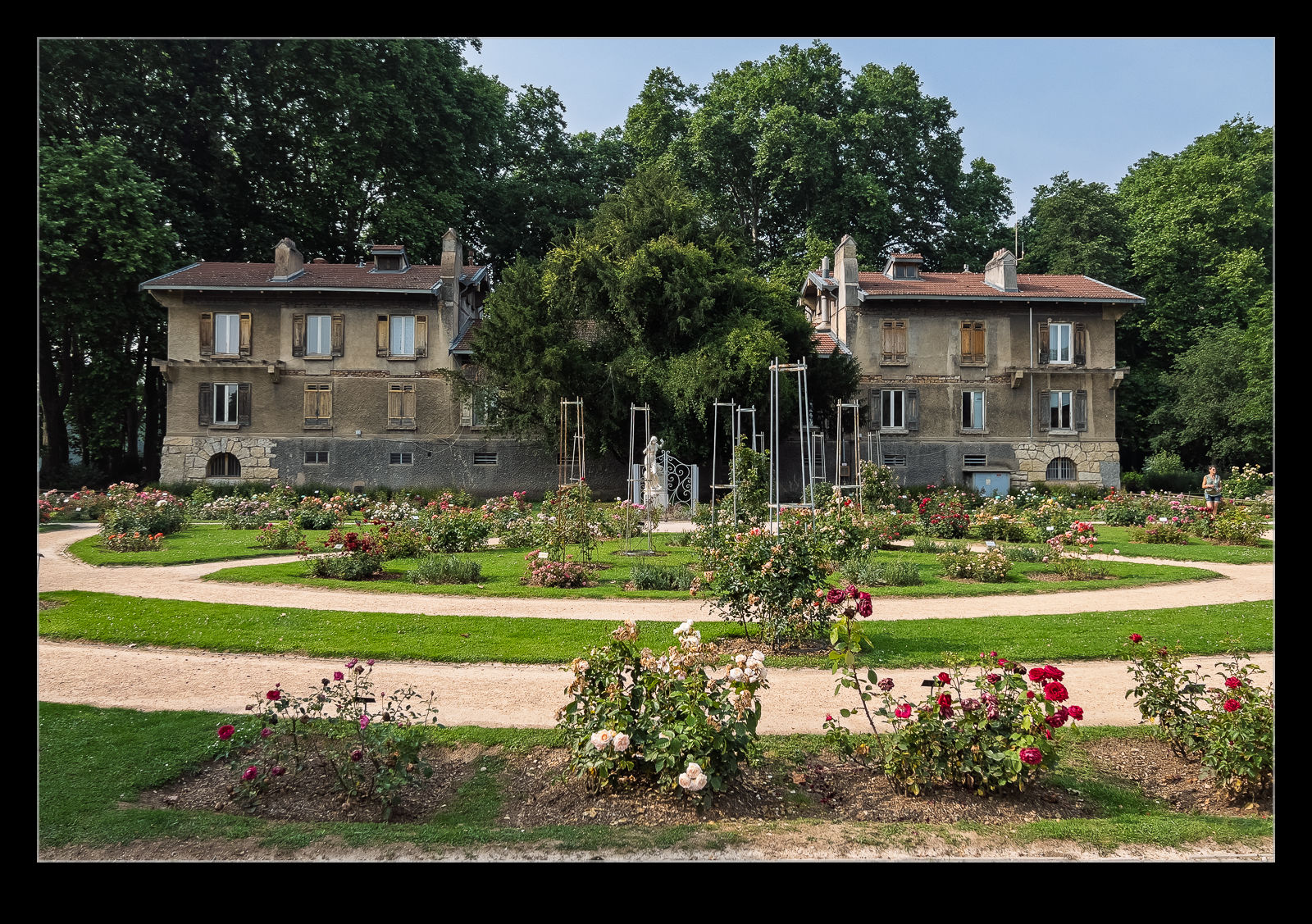 I had to make a trip to Lyon for work earlier this year. It wasn’t exactly an in and out trip but there wasn’t a ton of spare time while there. However, my hotel was on the opposite side of the park from the central part of the city where we were going to be dining. Since I had the time, I chose to walk across the park to meet up with everyone. There was an old house near the top of the park and, in front of it, there was a rose garden. Since it was a pretty hot day, I was in no hurry to rush across the park and taking the chance to stop and look at the roses on the trellises gave me an excuse to avoid getting too hot and bothered.
I had to make a trip to Lyon for work earlier this year. It wasn’t exactly an in and out trip but there wasn’t a ton of spare time while there. However, my hotel was on the opposite side of the park from the central part of the city where we were going to be dining. Since I had the time, I chose to walk across the park to meet up with everyone. There was an old house near the top of the park and, in front of it, there was a rose garden. Since it was a pretty hot day, I was in no hurry to rush across the park and taking the chance to stop and look at the roses on the trellises gave me an excuse to avoid getting too hot and bothered.
Author Archives: Rob
An E-3F For the First Time for Me
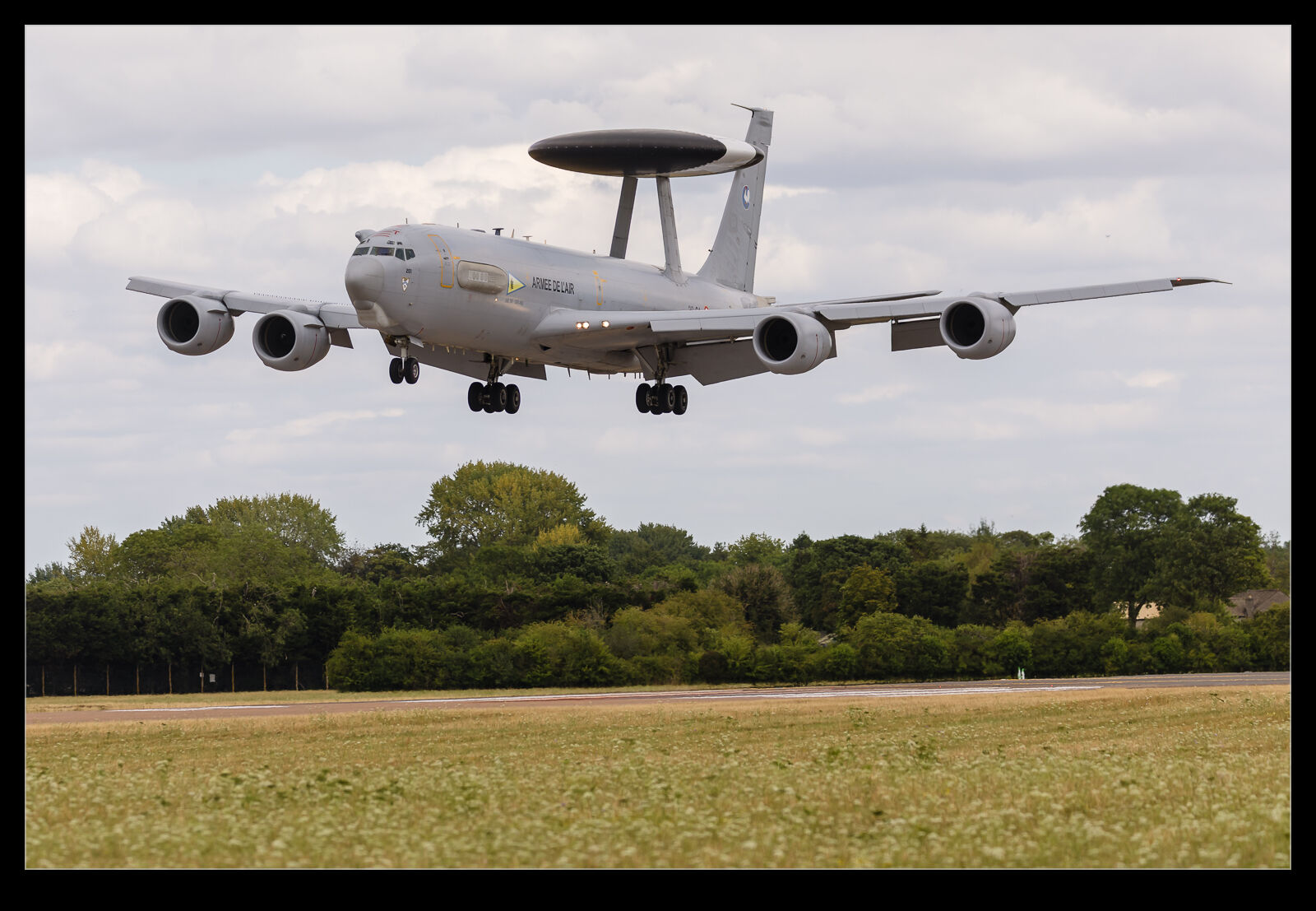 The early 90s had both the RAF and the French Air Force buying new airborne early warning aircraft in the form of the E-3. Unlike the USAF and NATO jets, these included the upgrade to the CFM56 engines which improved endurance and performance. I saw the RAF’s jets on many occasions but never encountered a French jet until this year – after the RAF jets have been retired and not long before the French ones follow suit. I’m not sure how much longer they have but seeing one arriving and departing the show was a nice result. I was pretty happy that I happened to be at the arrival end when it came in which was a bonus.
The early 90s had both the RAF and the French Air Force buying new airborne early warning aircraft in the form of the E-3. Unlike the USAF and NATO jets, these included the upgrade to the CFM56 engines which improved endurance and performance. I saw the RAF’s jets on many occasions but never encountered a French jet until this year – after the RAF jets have been retired and not long before the French ones follow suit. I’m not sure how much longer they have but seeing one arriving and departing the show was a nice result. I was pretty happy that I happened to be at the arrival end when it came in which was a bonus.
Early Morning Deer Encounter
Whenever I take a morning walk around Barton Meadows Nature Reserve, I am hoping that I will come across some local wildlife. The most likely encounter – aside from the birds – will be the deer. I don’t always take the camera with a long lens on these walks since they are more about getting some exercise in before starting work, but I do worry that I will encounter something special when I don’t. I had seen three deer in the middle of one field so assumed I was done with deer. Then, as I came up to the corner of another field, I saw one walking along the fence line. I tried not to disturb it by staying behind the hedge and got the phone out. Eventually it spotted me and ran a short distance before stopping, turning to face me and staring. Then it ran away. Here is the phone video I got.
Rows of A400Ms
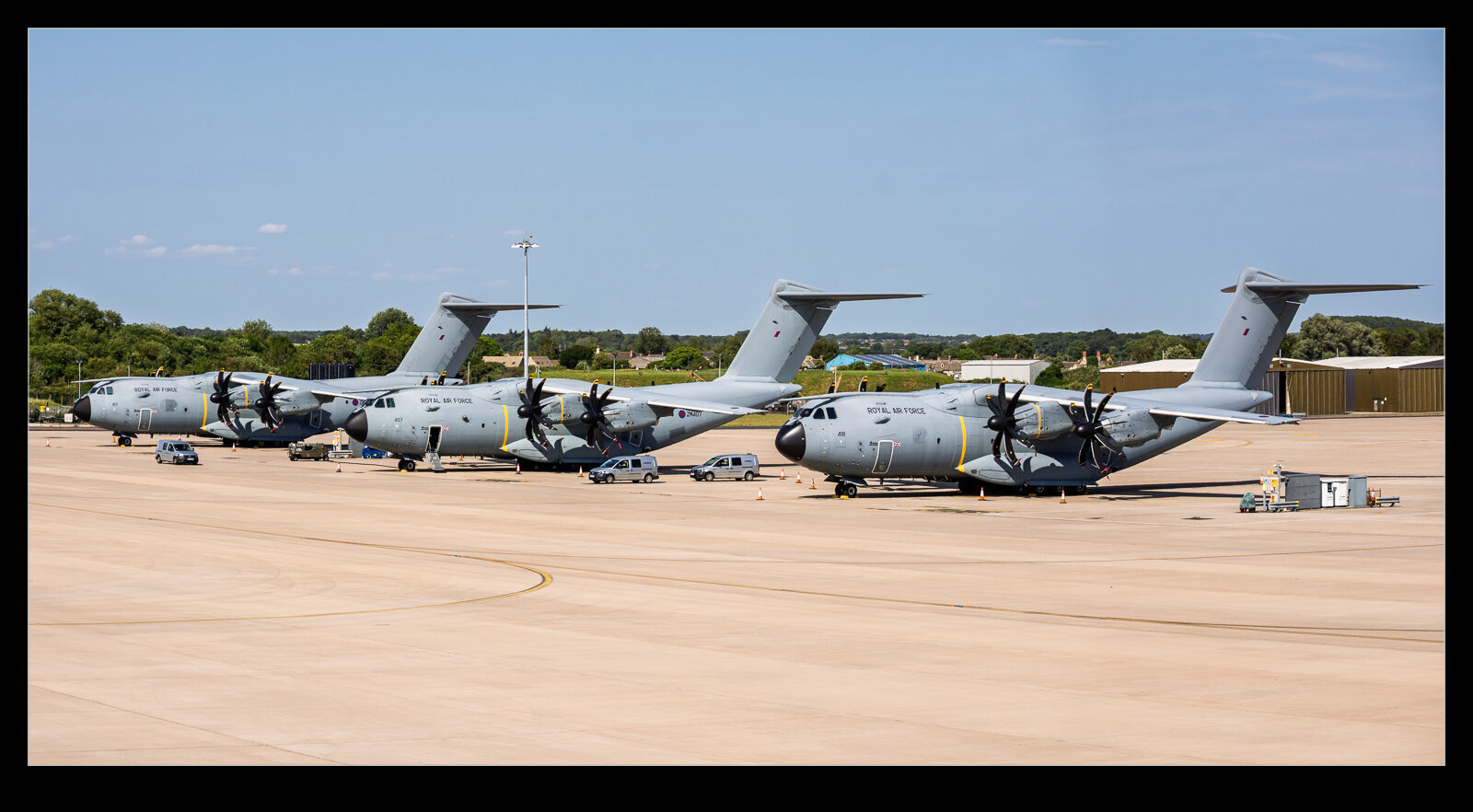 My visit to Brize Norton to have a trip with 101 Sqn wrapped up when we landed back at Brize. As we exited the aircraft and waited on the ramp to get some group photos, we were surrounded by other aircraft. More Voyagers were lined up but there were plenty of A400M Atlas transports ready for their next mission. It was a pleasant afternoon with nice light on the planes so I grabbed a few shots of the planes before we gathered for our group photo.
My visit to Brize Norton to have a trip with 101 Sqn wrapped up when we landed back at Brize. As we exited the aircraft and waited on the ramp to get some group photos, we were surrounded by other aircraft. More Voyagers were lined up but there were plenty of A400M Atlas transports ready for their next mission. It was a pleasant afternoon with nice light on the planes so I grabbed a few shots of the planes before we gathered for our group photo.
The Complexity of the Floor of an F1 Car
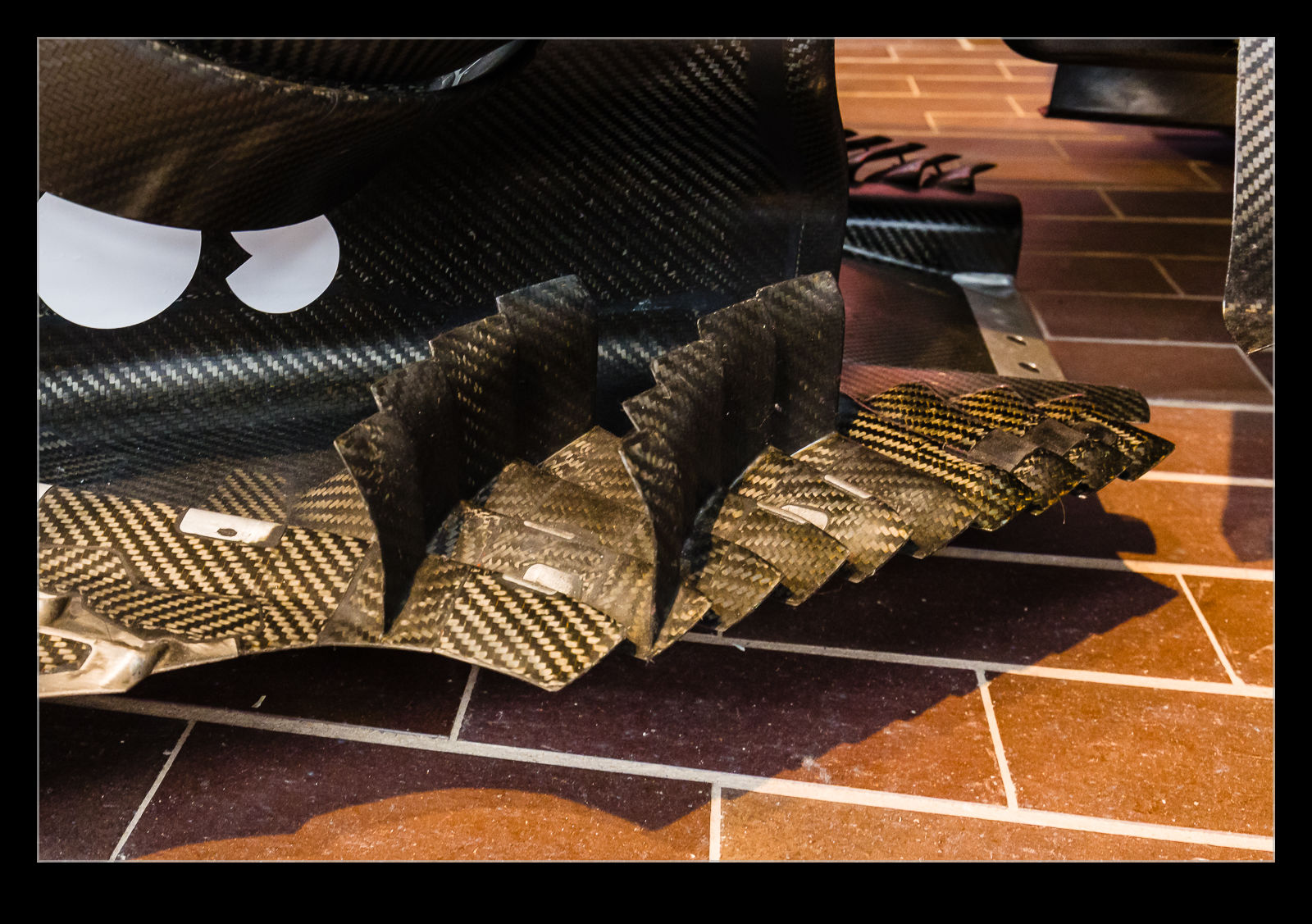 Anyone who follows the details of Formula One is familiar with the endless efforts that go into the design of the aerodynamics of the car. Anyone that knows me knows that I love the aero side of things. The designs will be updated throughout a season to try and maximise the downforce on the car whilst minimising the drag penalty from that downforce. Taking a look at a Williams F1 car at Beaulieu gave a bit of a hint of the tiny details that are included in the design. There is a good chance that this car was not even an operational example and the aero features might not be representative of an actual racing set up, but they are a good approximation of what is involved, and the reality is that it is quite amazing.
Anyone who follows the details of Formula One is familiar with the endless efforts that go into the design of the aerodynamics of the car. Anyone that knows me knows that I love the aero side of things. The designs will be updated throughout a season to try and maximise the downforce on the car whilst minimising the drag penalty from that downforce. Taking a look at a Williams F1 car at Beaulieu gave a bit of a hint of the tiny details that are included in the design. There is a good chance that this car was not even an operational example and the aero features might not be representative of an actual racing set up, but they are a good approximation of what is involved, and the reality is that it is quite amazing.
An Original Lynx is Welcome
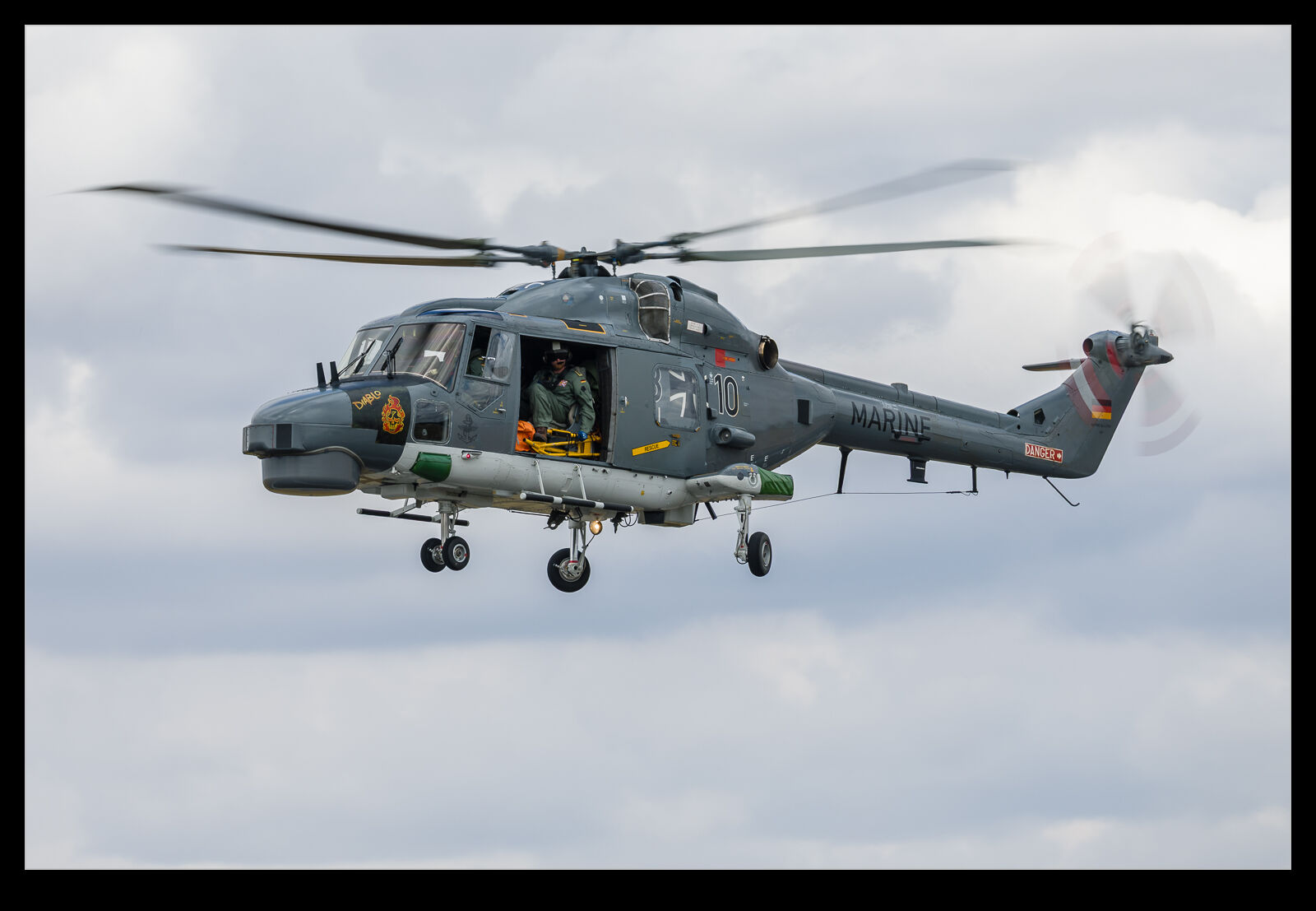 The Westland Lynx was a popular type and it sold well around the world. However, time has moved on and many operators have replaced their examples. The AW159 Wildcat has been the successor in some operators but other types have replaced them for most countries. Having an original Lynx still in use is a nice treat and the German Navy has not yet replaced all of theirs. They brought one to RIAT this year and the smooth lines of the original design are relatively untouched on their versions. They will soon be gone so this was a good opportunity to see one again.
The Westland Lynx was a popular type and it sold well around the world. However, time has moved on and many operators have replaced their examples. The AW159 Wildcat has been the successor in some operators but other types have replaced them for most countries. Having an original Lynx still in use is a nice treat and the German Navy has not yet replaced all of theirs. They brought one to RIAT this year and the smooth lines of the original design are relatively untouched on their versions. They will soon be gone so this was a good opportunity to see one again.
A Day for the Bus Spotters
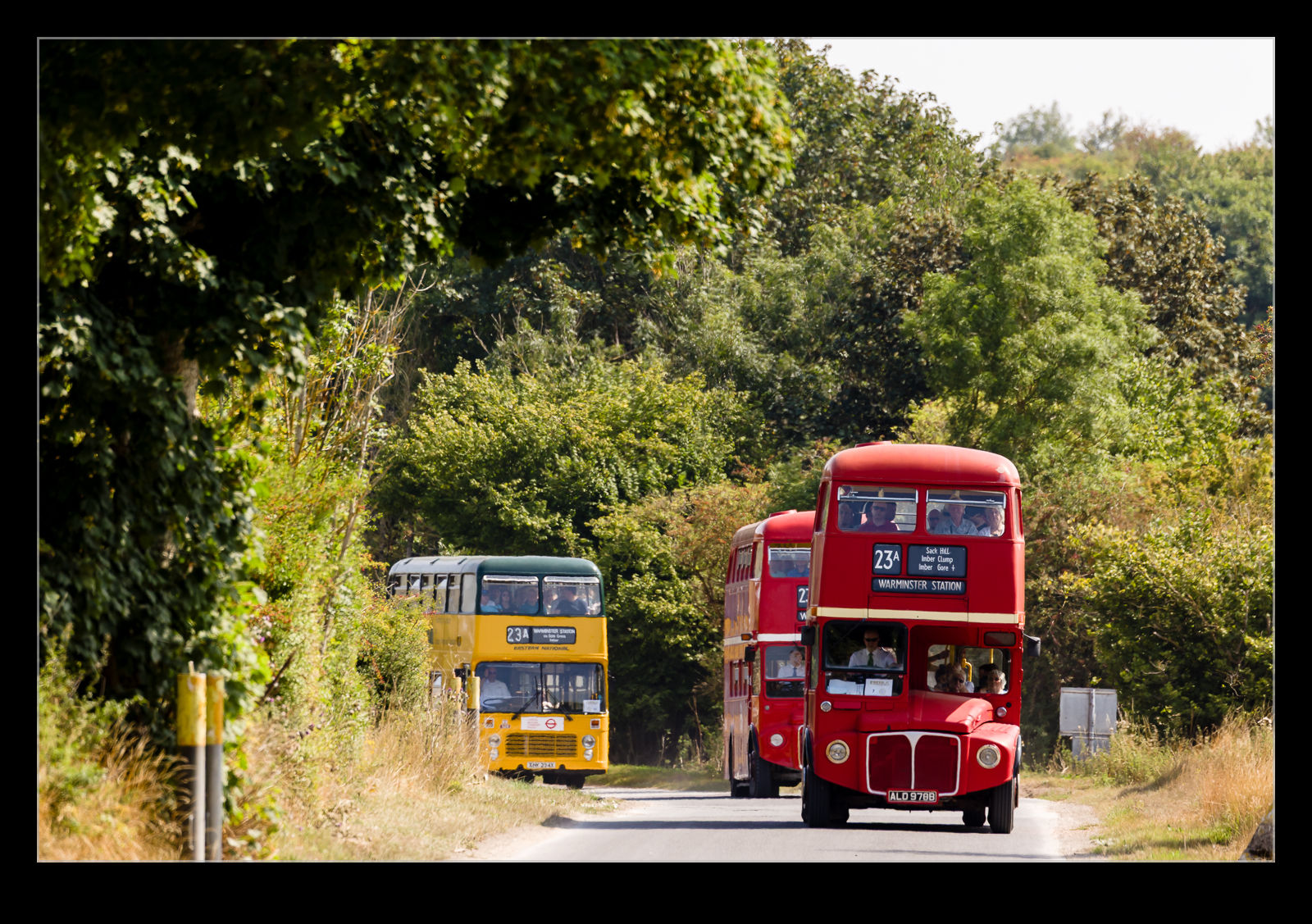 The visit to Imber that I recently posted about was facilitated by a fleet of buses. Many of these were quite old. Some were very modern. We had old Routemasters from London, open top double deckers and fully electric buses. For us they were a means to get onto Salisbury Plain, but this was clearly a great day for bus spotters. Now, I have be known to take a passing interest in aircraft and there is nothing wrong with that. Is bus spotting okay? That’s a different thing entirely!!
The visit to Imber that I recently posted about was facilitated by a fleet of buses. Many of these were quite old. Some were very modern. We had old Routemasters from London, open top double deckers and fully electric buses. For us they were a means to get onto Salisbury Plain, but this was clearly a great day for bus spotters. Now, I have be known to take a passing interest in aircraft and there is nothing wrong with that. Is bus spotting okay? That’s a different thing entirely!!
 There was a lot to keep the enthusiasts happy. I have no idea whether any of these buses was more special than the next. They did seem to be maintained in immaculate condition. The ride was definitely not as comfortable as a modern vehicle and the rough roads across the Plain showed that up. It was quite interesting to see a small convoy of buses making there way in to and out of Imber. I did see some guys getting quite animated as they tried to photograph a bus while one of the volunteers was marshalling it into place. I think his need was greater than theirs.
There was a lot to keep the enthusiasts happy. I have no idea whether any of these buses was more special than the next. They did seem to be maintained in immaculate condition. The ride was definitely not as comfortable as a modern vehicle and the rough roads across the Plain showed that up. It was quite interesting to see a small convoy of buses making there way in to and out of Imber. I did see some guys getting quite animated as they tried to photograph a bus while one of the volunteers was marshalling it into place. I think his need was greater than theirs.
This is Not a Canberra or a Lightning!
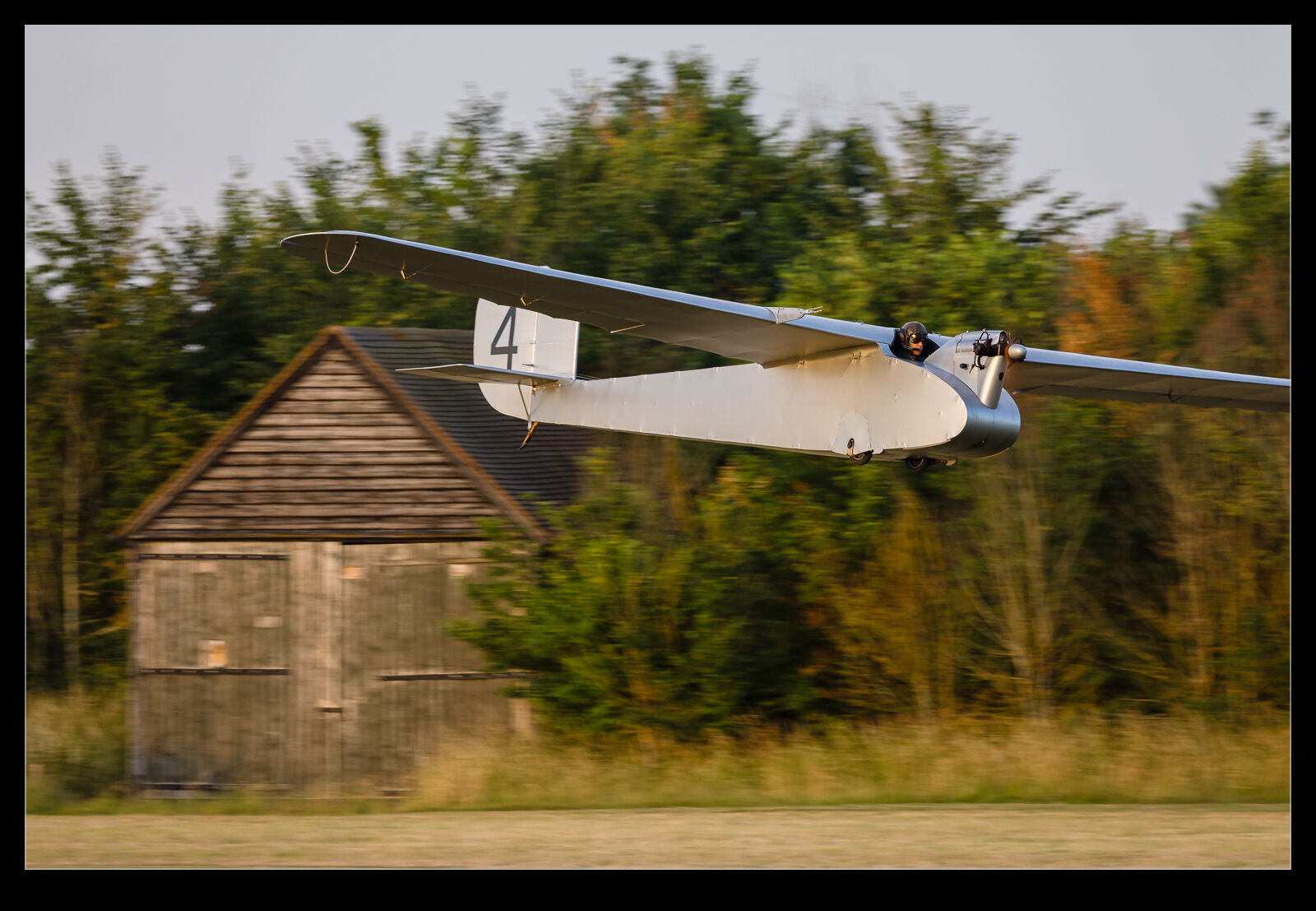 The name English Electric is well known in aviation circles. Before it was subsumed into the British Aircraft Corporation, it had produced the Lightning interceptor and the Canberra bomber. The Lightning might have got more glory, but the Canberra was by far the more successful type with excellent performance. However, there is a lesser-known type that came from the company a long time before.
The name English Electric is well known in aviation circles. Before it was subsumed into the British Aircraft Corporation, it had produced the Lightning interceptor and the Canberra bomber. The Lightning might have got more glory, but the Canberra was by far the more successful type with excellent performance. However, there is a lesser-known type that came from the company a long time before.
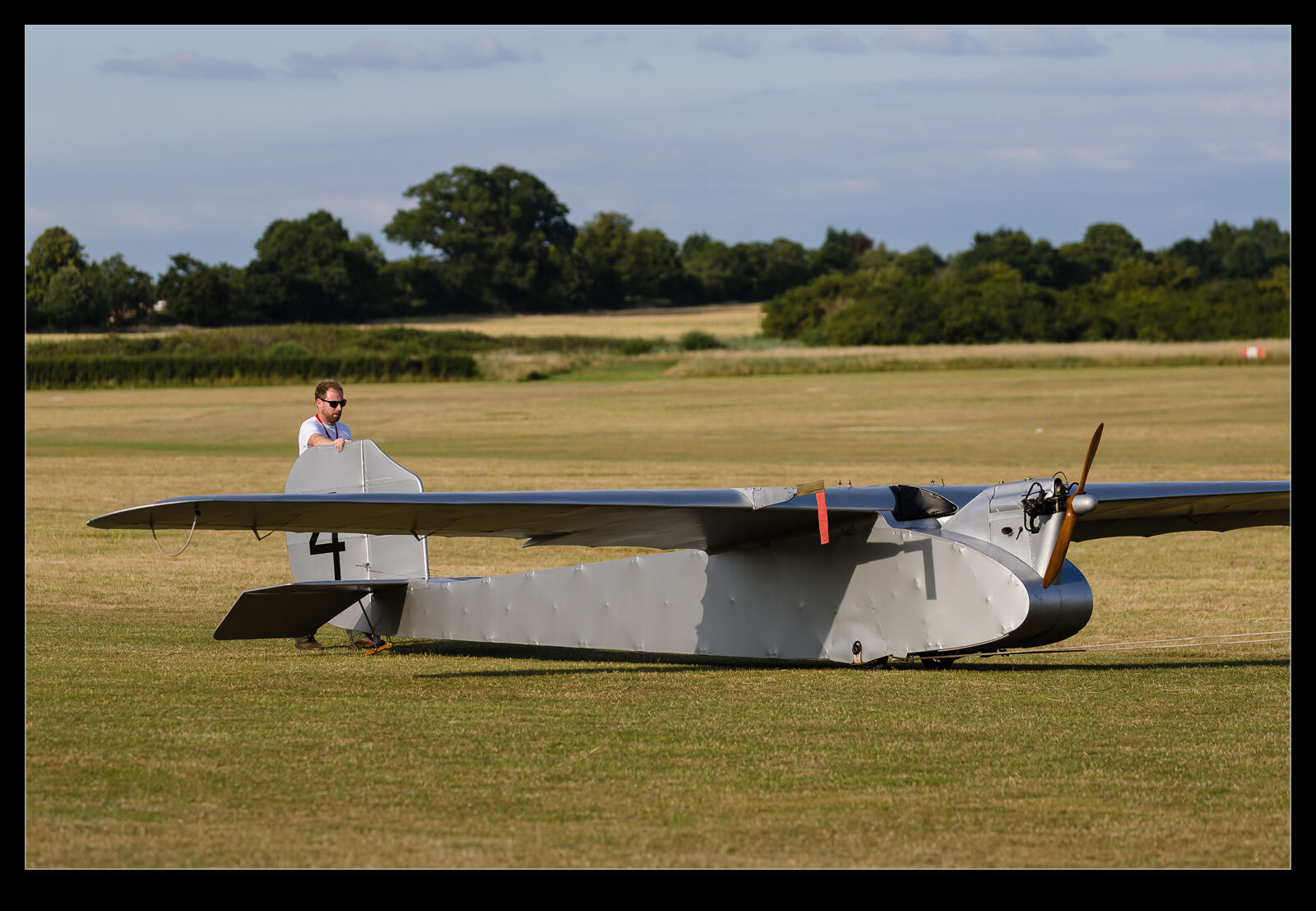 I first heard of the Wren when I read about it in Roly Beamont’s book. He was the chief test pilot at English Electric, and he described this vintage aircraft with very limited power that the company restored and hopped along the runway at Warton many years before I worked there. The aircraft now lives at Old Warden and it was brought out to fly during the Shuttleworth Festival of Flight. It was towed up to the far end of the field in preparation for its flight. The conditions were smooth, so it was going to be able to perform.
I first heard of the Wren when I read about it in Roly Beamont’s book. He was the chief test pilot at English Electric, and he described this vintage aircraft with very limited power that the company restored and hopped along the runway at Warton many years before I worked there. The aircraft now lives at Old Warden and it was brought out to fly during the Shuttleworth Festival of Flight. It was towed up to the far end of the field in preparation for its flight. The conditions were smooth, so it was going to be able to perform.
 Having read that it was not over-endowed with power and that the Warton tests had involved some basic hops along the runway, this was what I had anticipated would be the case here. However, they were more ambitious. After flying the length of the field, a turn was made for a return run. I have to admit, when I first saw the turn, I did fear that all was not well. The whole flight was at low level, so the turn was also low. The angle made it look like the plane was heading for the trees. However, this was quite normal and in control. Even so, every turn made me tense up slightly. I guess by the end of the flight, I was getting used to it. Even so, it was quite unlike most flying I have watched.
Having read that it was not over-endowed with power and that the Warton tests had involved some basic hops along the runway, this was what I had anticipated would be the case here. However, they were more ambitious. After flying the length of the field, a turn was made for a return run. I have to admit, when I first saw the turn, I did fear that all was not well. The whole flight was at low level, so the turn was also low. The angle made it look like the plane was heading for the trees. However, this was quite normal and in control. Even so, every turn made me tense up slightly. I guess by the end of the flight, I was getting used to it. Even so, it was quite unlike most flying I have watched.
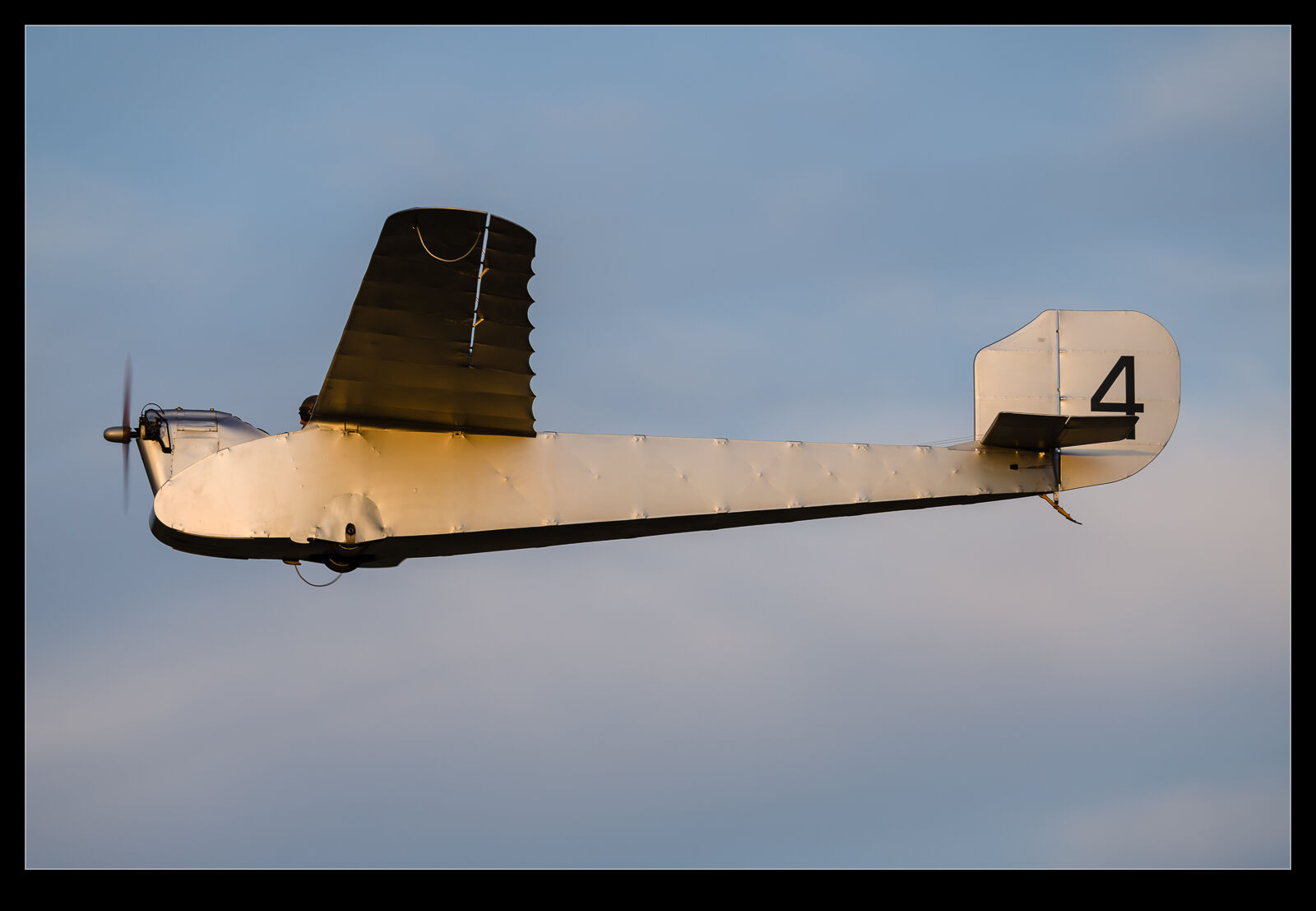 Multiple passes were made during the flight. The light was definitely playing ball along certain parts of the passes so I was able to grab quite a few shots. It’s not the most elegant looking plane and I imagine the view for the pilot is pretty minimal. Even so, as rarities go, it is right up there so to see it fly was a nice result.
Multiple passes were made during the flight. The light was definitely playing ball along certain parts of the passes so I was able to grab quite a few shots. It’s not the most elegant looking plane and I imagine the view for the pilot is pretty minimal. Even so, as rarities go, it is right up there so to see it fly was a nice result.
Misty Morning in the Neighbourhood
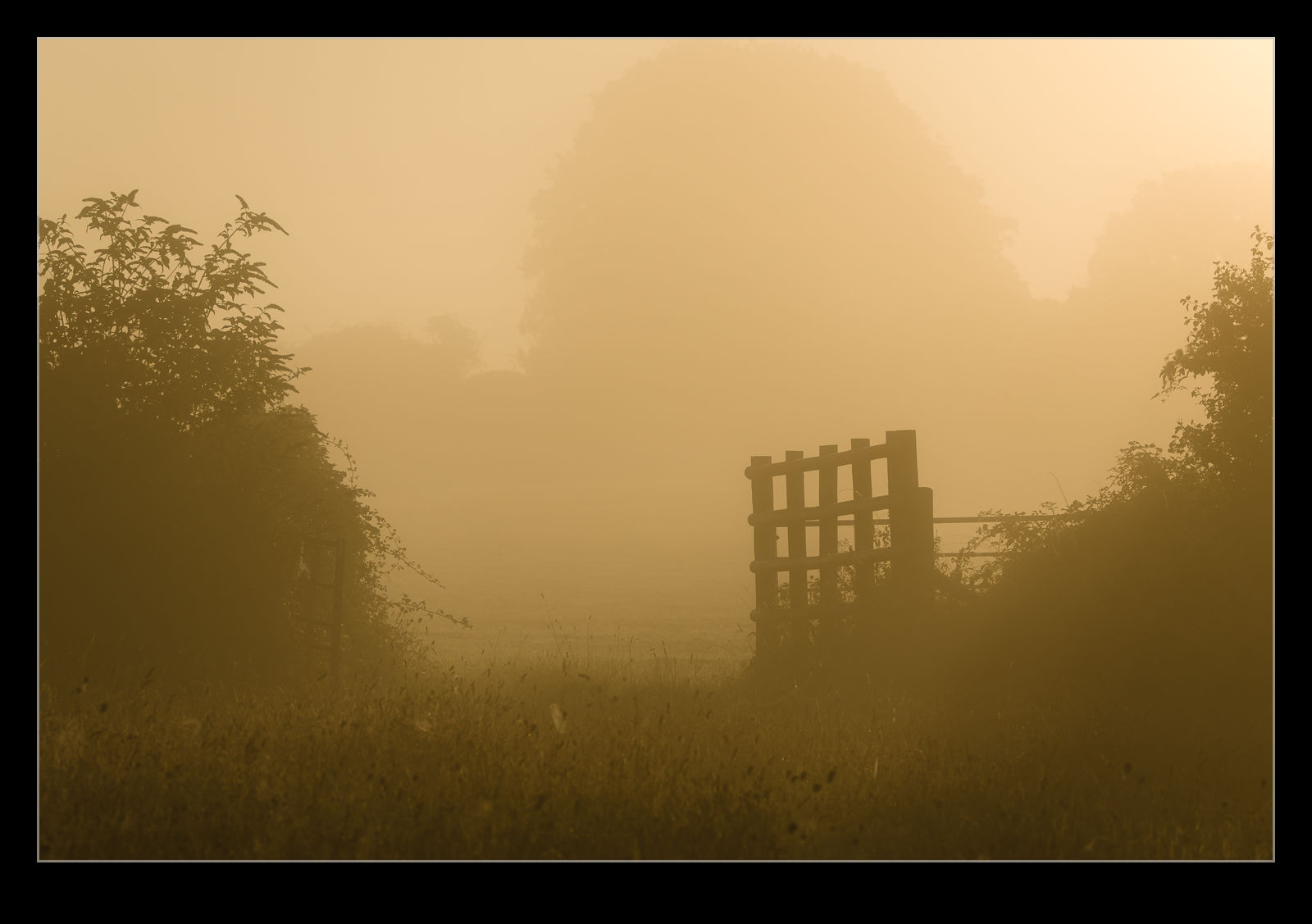 Barton Meadows is part of my morning routine on many days and this blog pretty often too. One morning I headed across for a walk and there was plenty of low mist hanging in the air. Sections of my loop were shrouded in mist, and I wasn’t going to miss the chance to get some photos. I hope they convey a little of how great it felt when I was there that morning.
Barton Meadows is part of my morning routine on many days and this blog pretty often too. One morning I headed across for a walk and there was plenty of low mist hanging in the air. Sections of my loop were shrouded in mist, and I wasn’t going to miss the chance to get some photos. I hope they convey a little of how great it felt when I was there that morning.
50 Years of Popham
 This aviation moment was a bit of a last-minute thing. We don’t live terribly far from Popham’s airfield, and I have driven past it more time than I can recall including when travelling to visit family in Andover before we ended up living in Hampshire. However, I had never actually been to the airfield before. I had seen that they were having a celebration of the fiftieth anniversary of the first use of the field, but I did have other stuff going on at home. When I had finished that, I knew I needed to get a bike ride in as part of my ongoing (if feeble) preparation for the charity ride I had coming up. I decided to ride up to Popham and back and swing by the fly in.
This aviation moment was a bit of a last-minute thing. We don’t live terribly far from Popham’s airfield, and I have driven past it more time than I can recall including when travelling to visit family in Andover before we ended up living in Hampshire. However, I had never actually been to the airfield before. I had seen that they were having a celebration of the fiftieth anniversary of the first use of the field, but I did have other stuff going on at home. When I had finished that, I knew I needed to get a bike ride in as part of my ongoing (if feeble) preparation for the charity ride I had coming up. I decided to ride up to Popham and back and swing by the fly in.
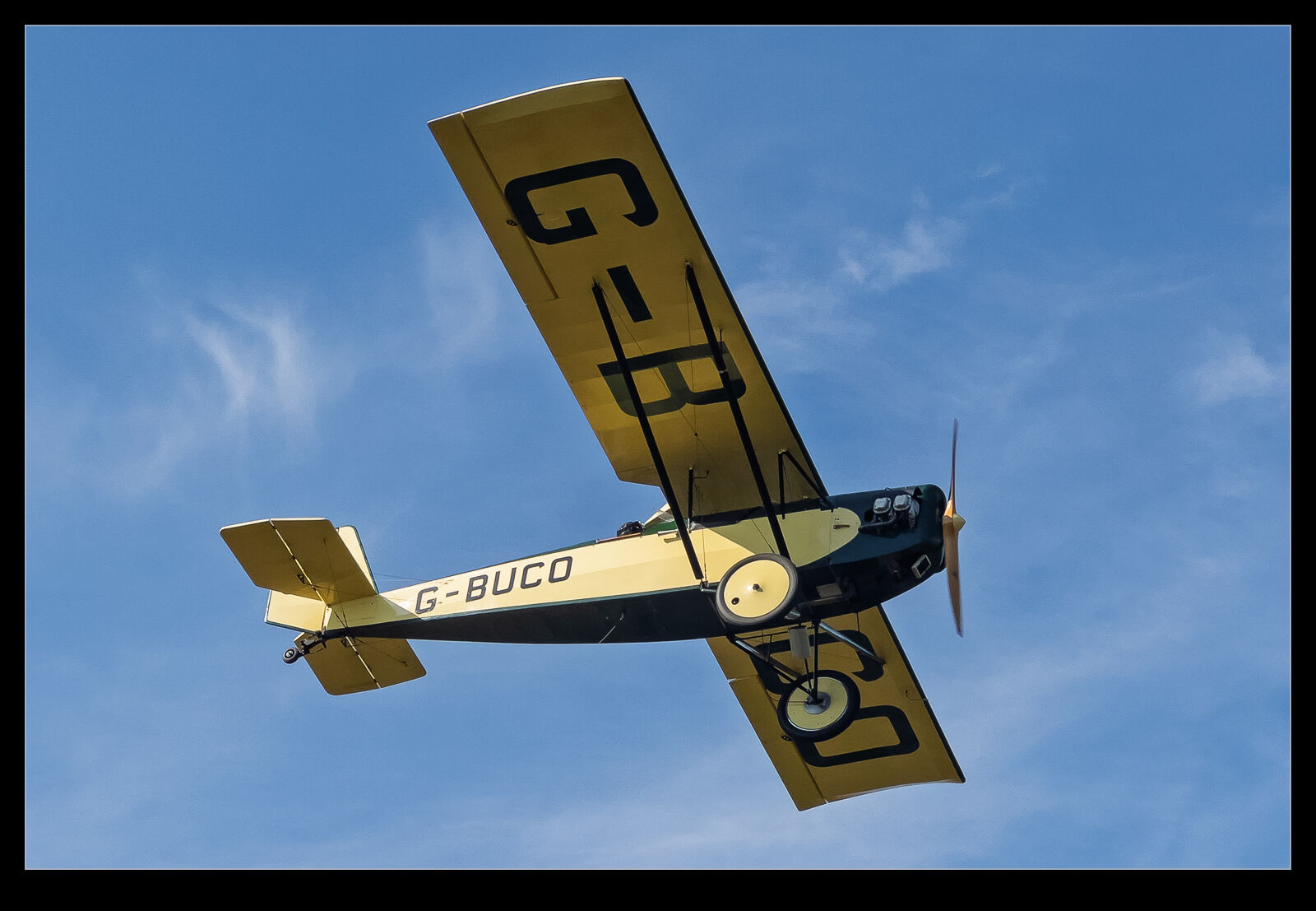 The weather was really nice and there seemed to be a ton of planes that had made the trip in to join the celebrations. The road into the airfield goes right under the western approach end and I did stop there on my bike for a while to watch the arriving and departing planes. Then I rode into the airfield itself and had a brief wander around. There were plenty of people out walking amongst the parked planes and, if I hadn’t been in cycling shoes and pushing the bike, I would have had a longer time exploring. Instead, it was a brief stopover before continuing my ride. I hope they had a successful day.
The weather was really nice and there seemed to be a ton of planes that had made the trip in to join the celebrations. The road into the airfield goes right under the western approach end and I did stop there on my bike for a while to watch the arriving and departing planes. Then I rode into the airfield itself and had a brief wander around. There were plenty of people out walking amongst the parked planes and, if I hadn’t been in cycling shoes and pushing the bike, I would have had a longer time exploring. Instead, it was a brief stopover before continuing my ride. I hope they had a successful day.
